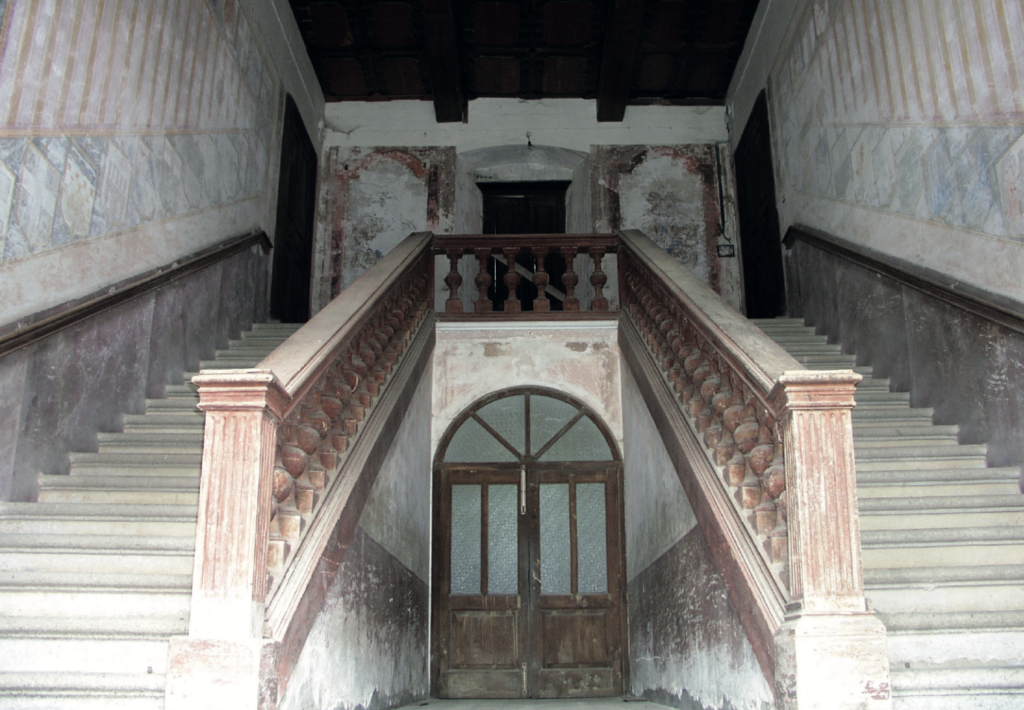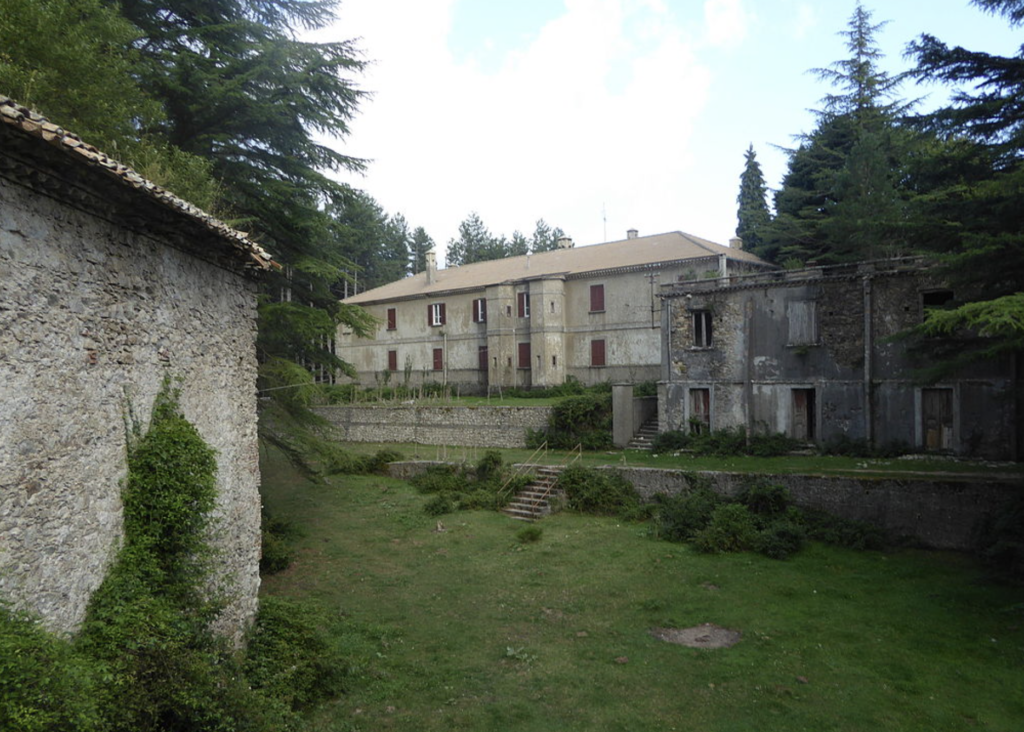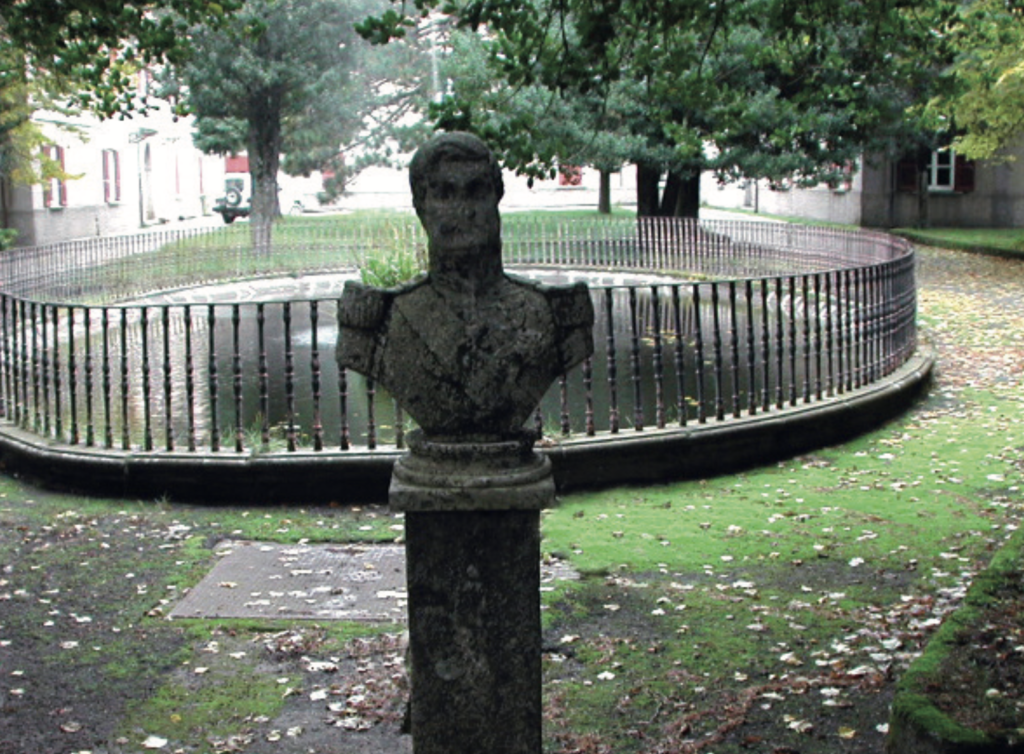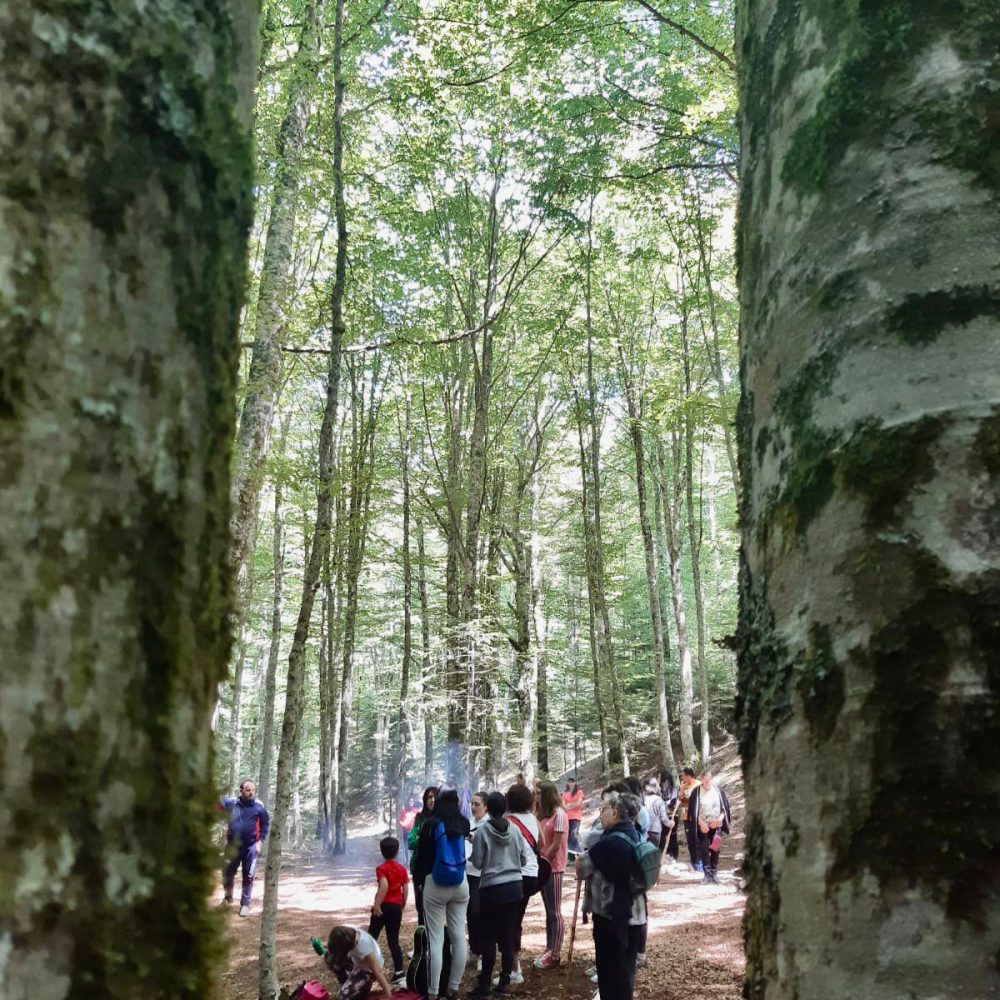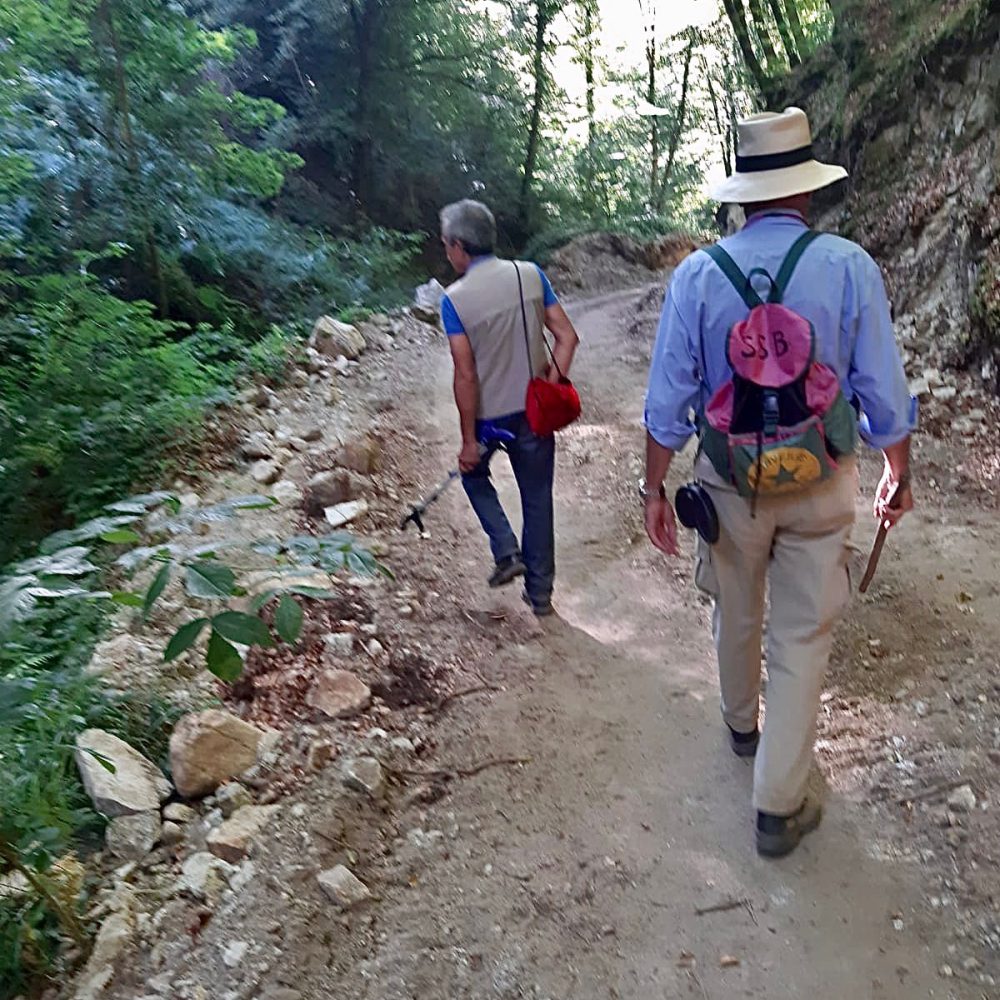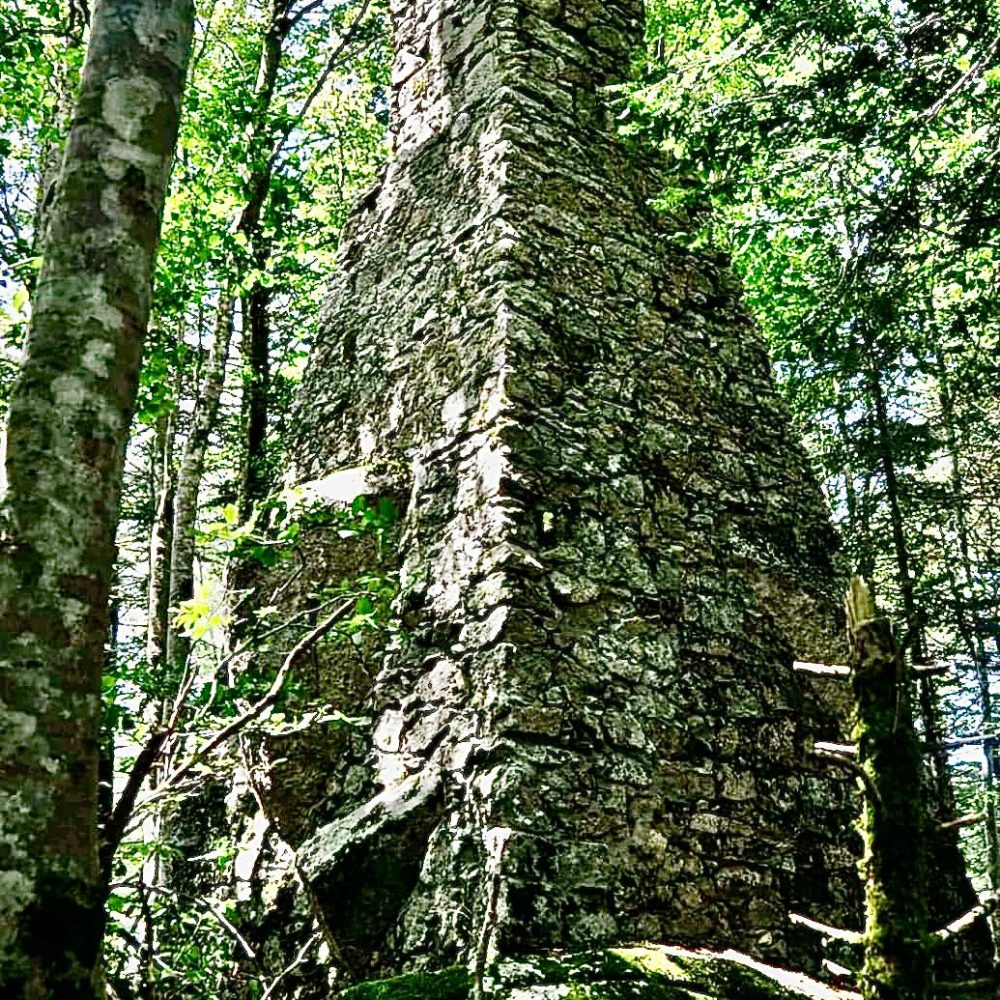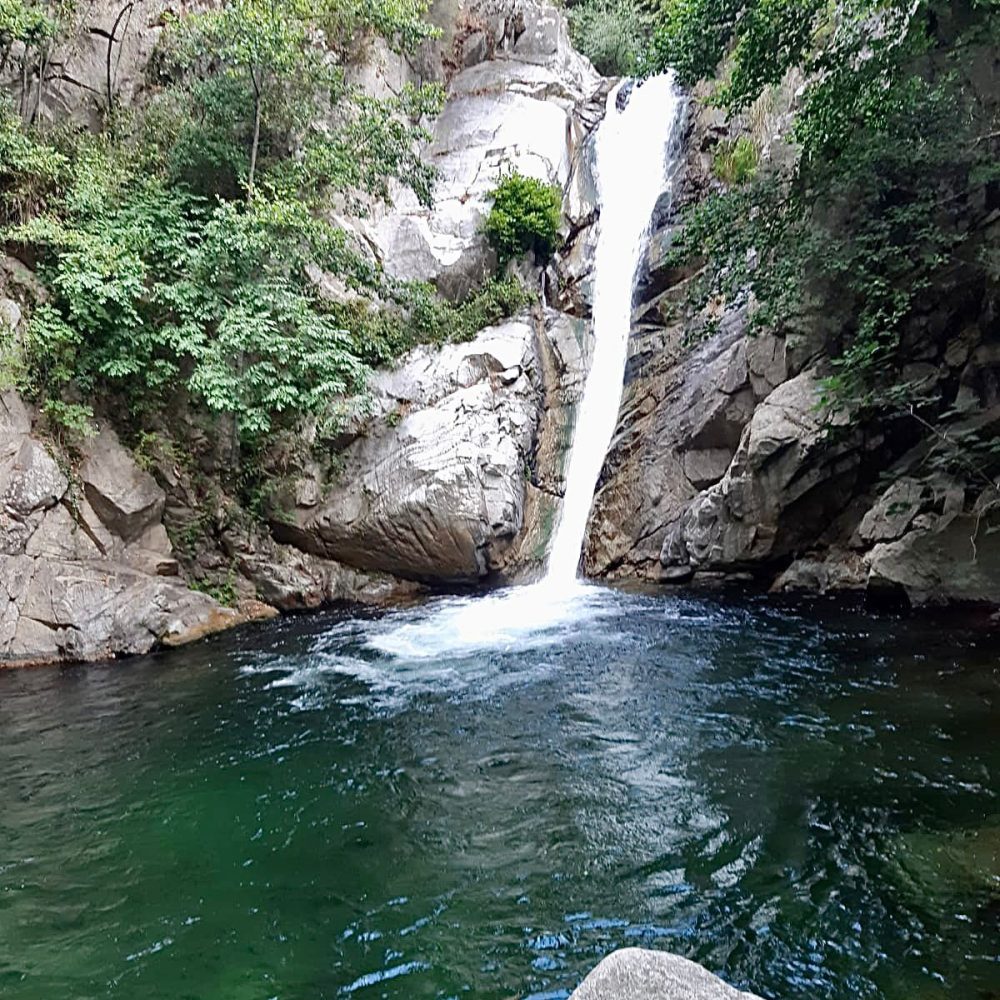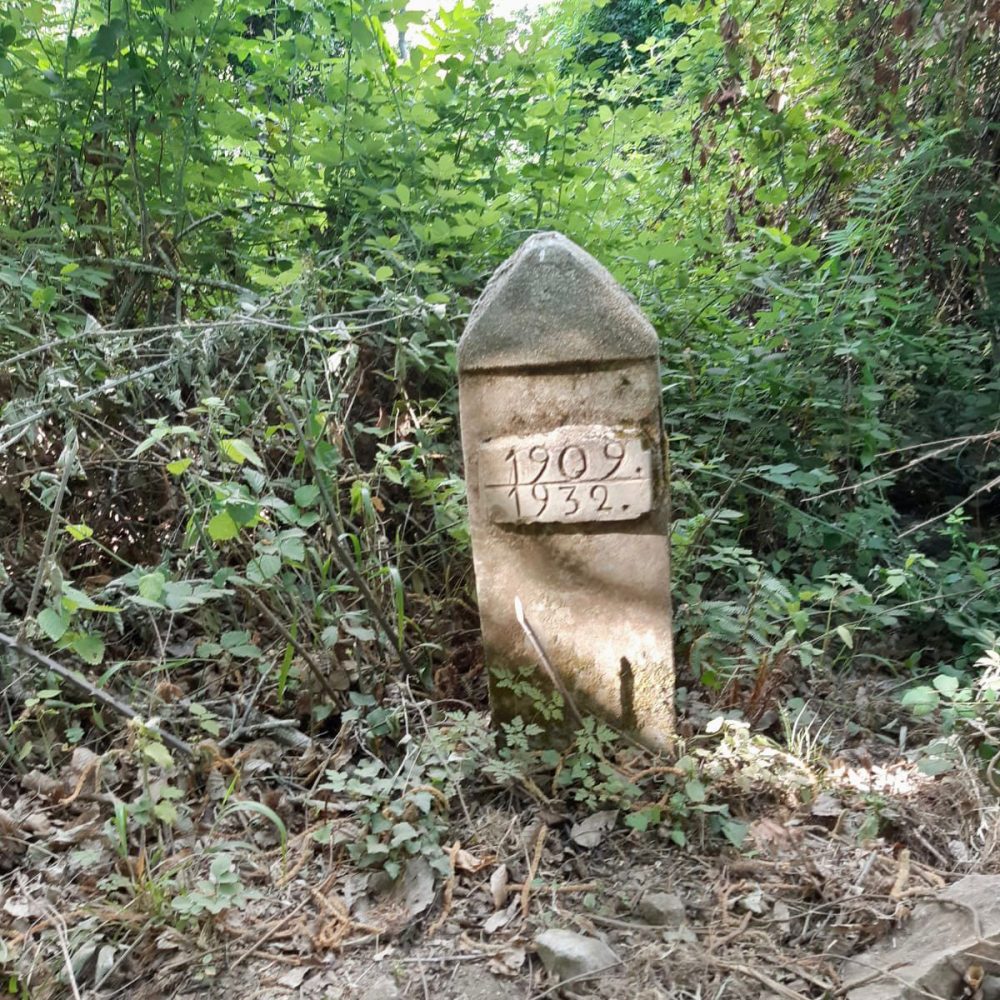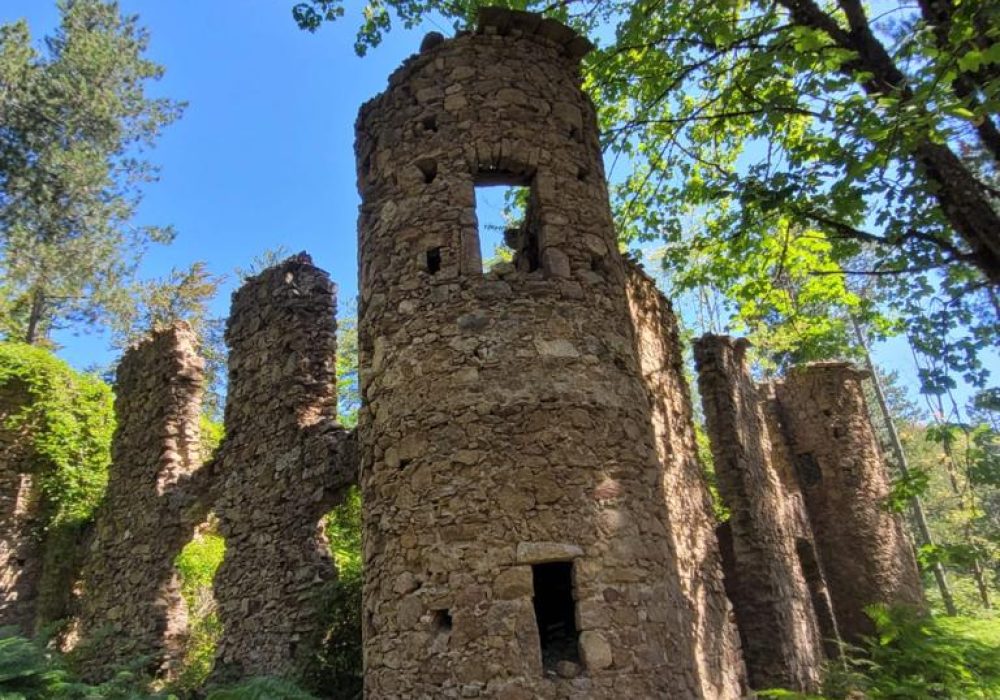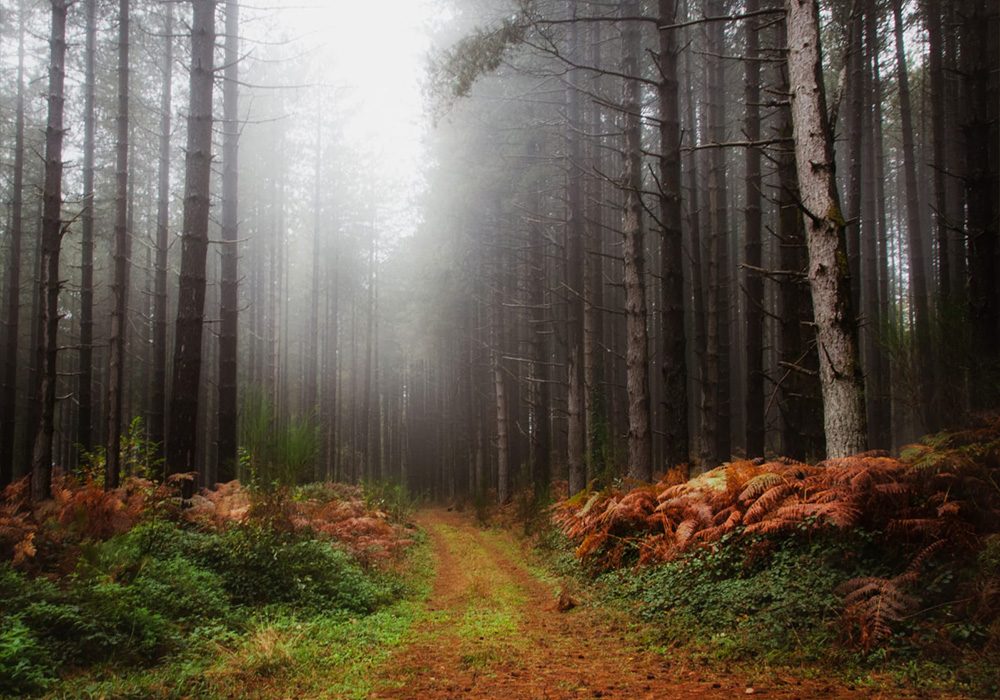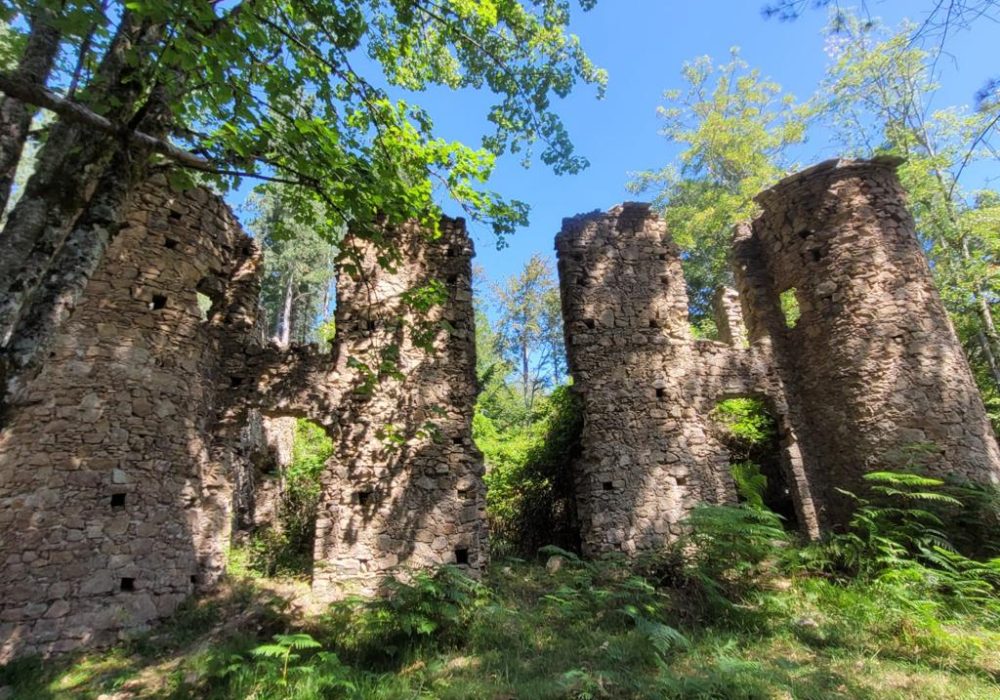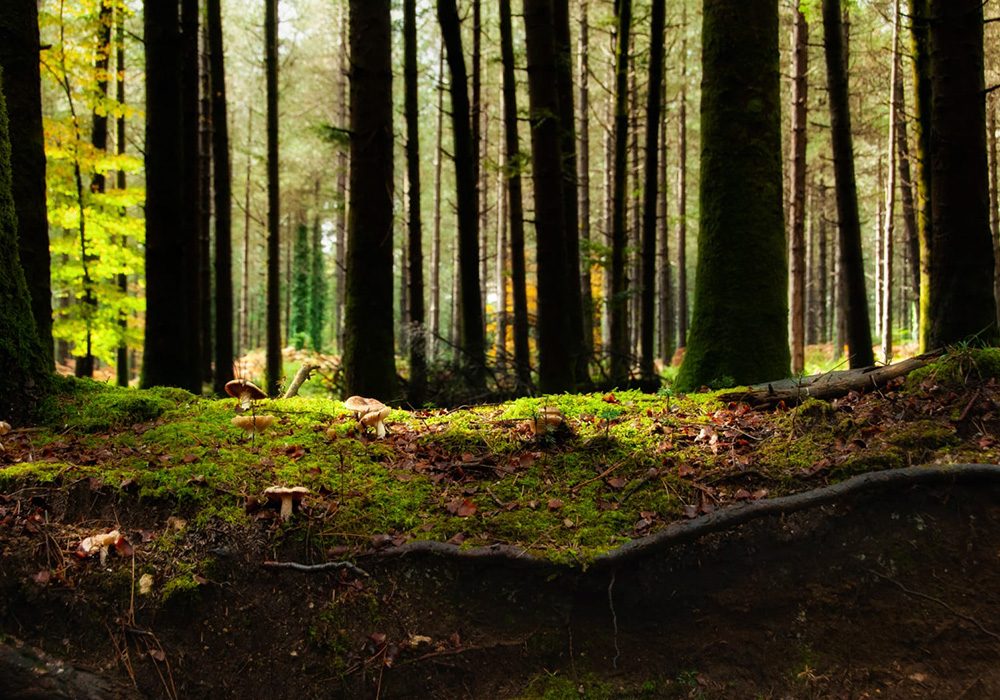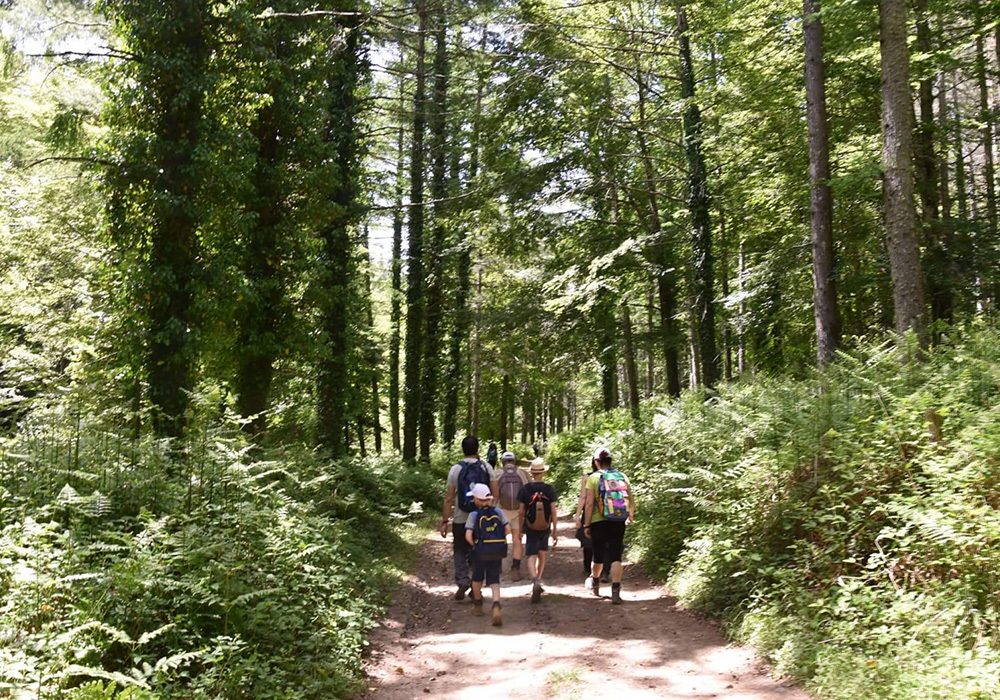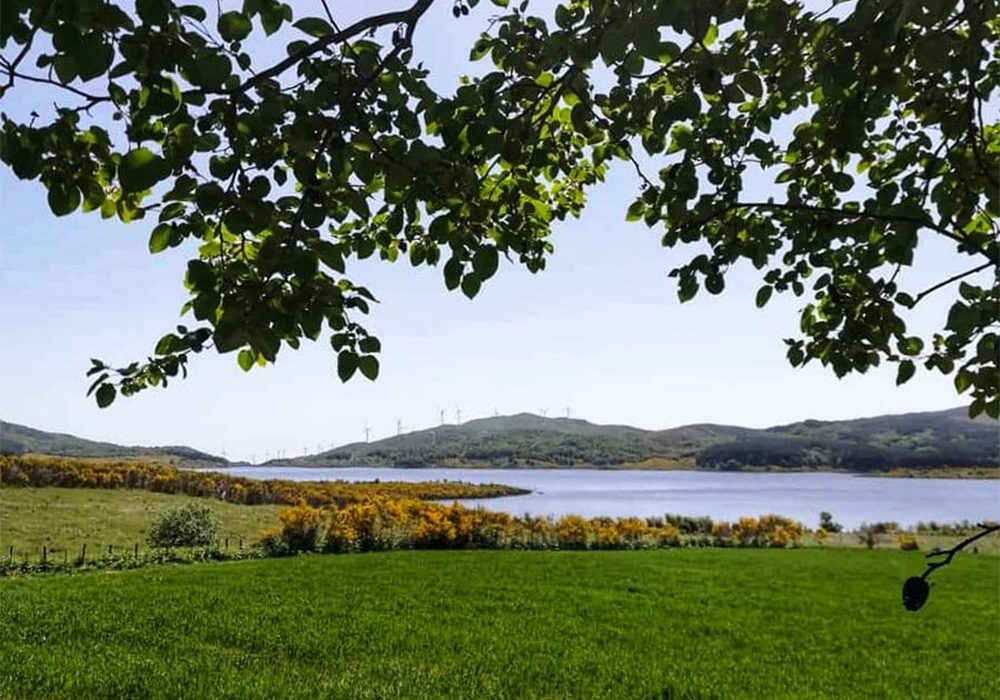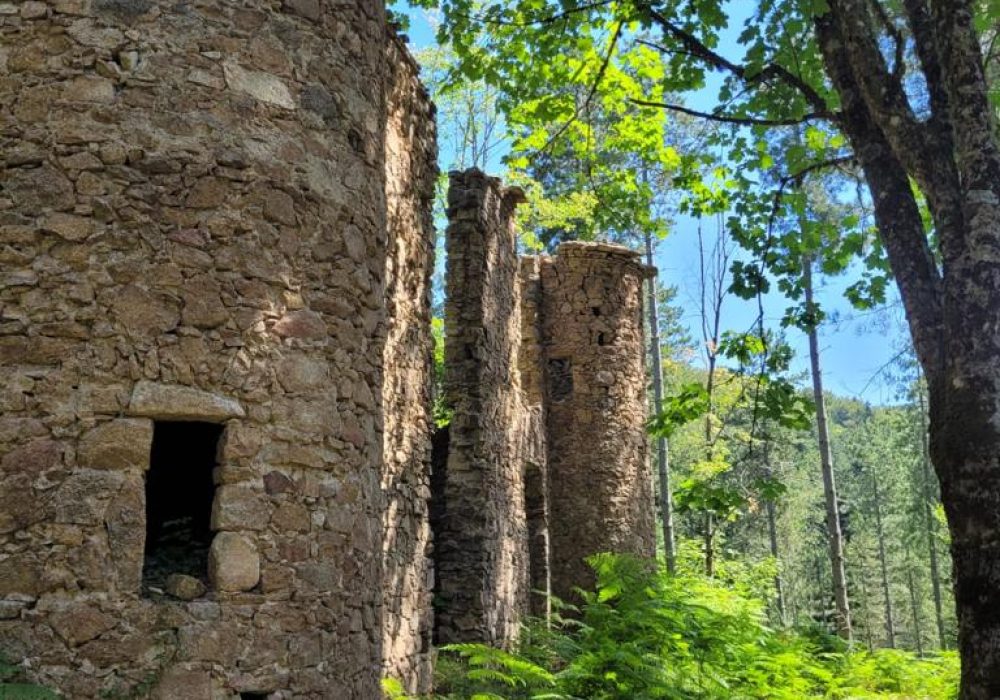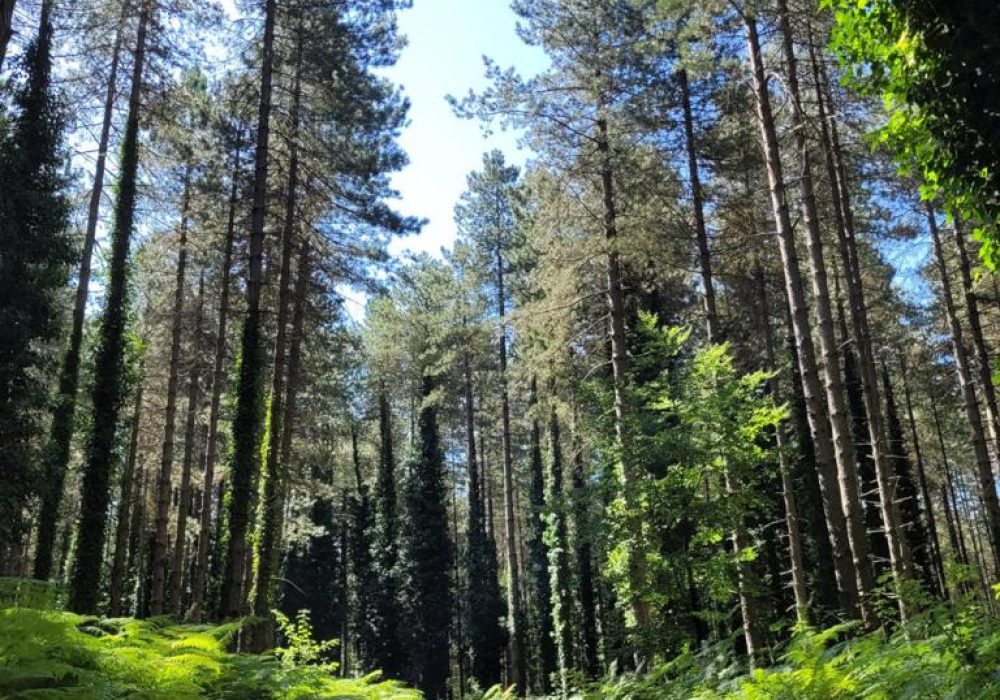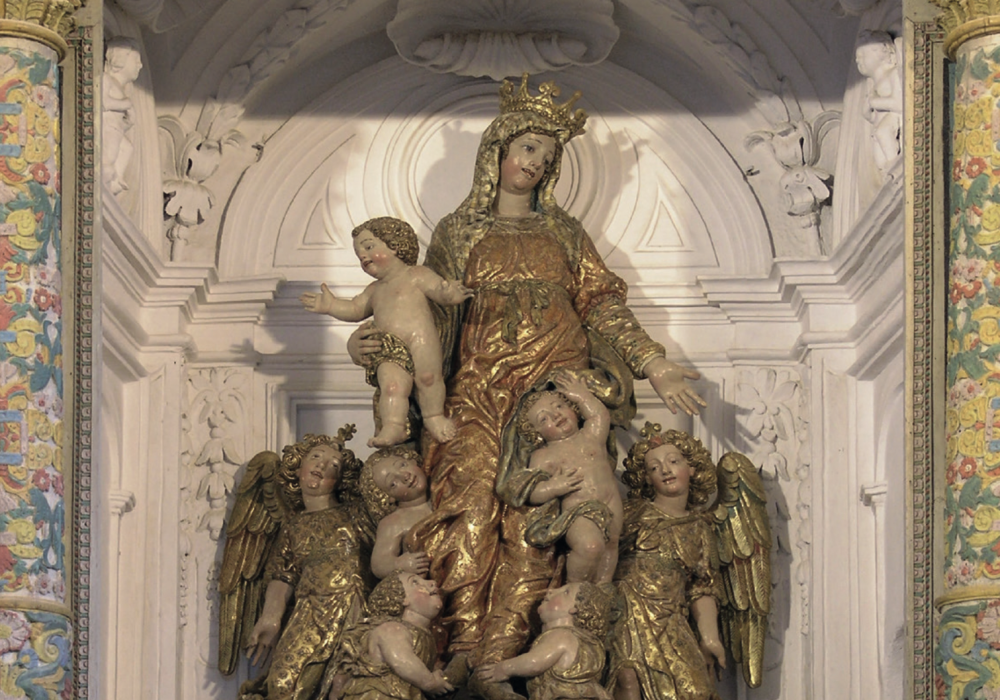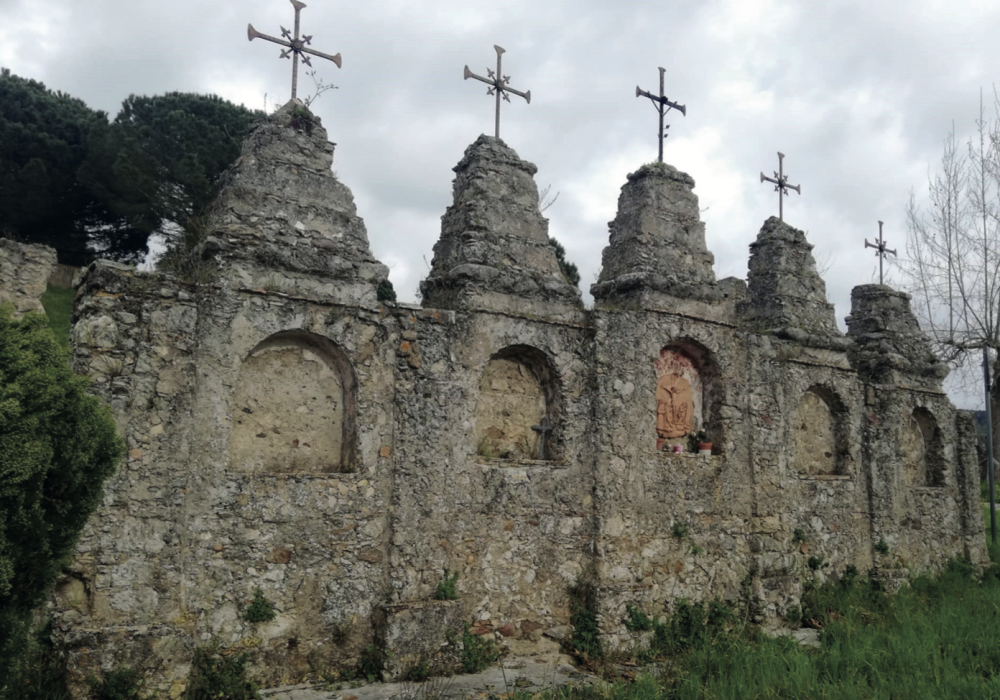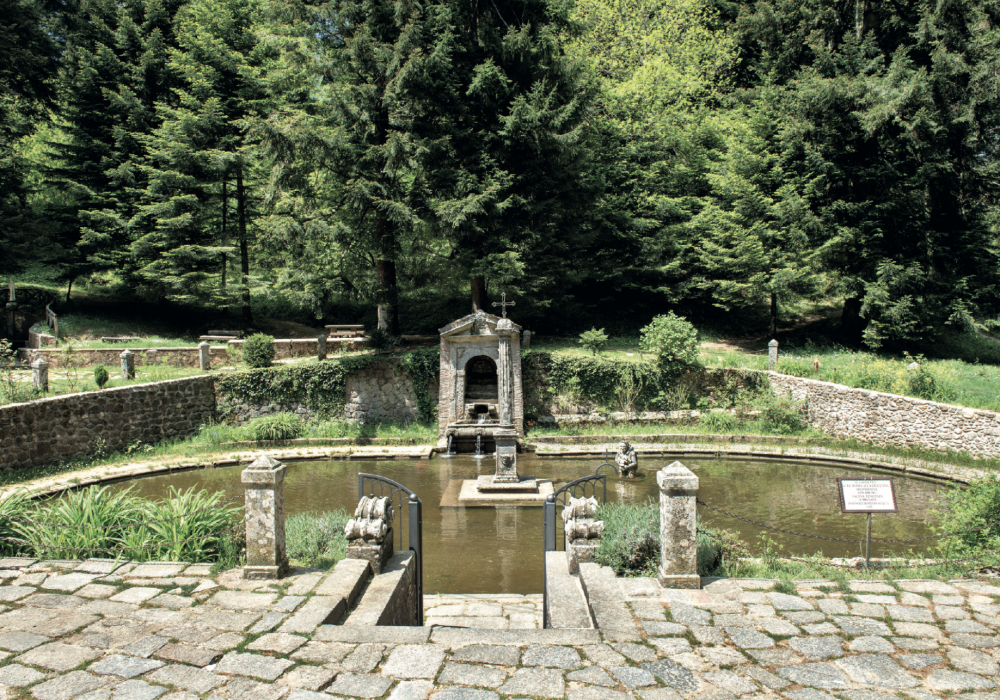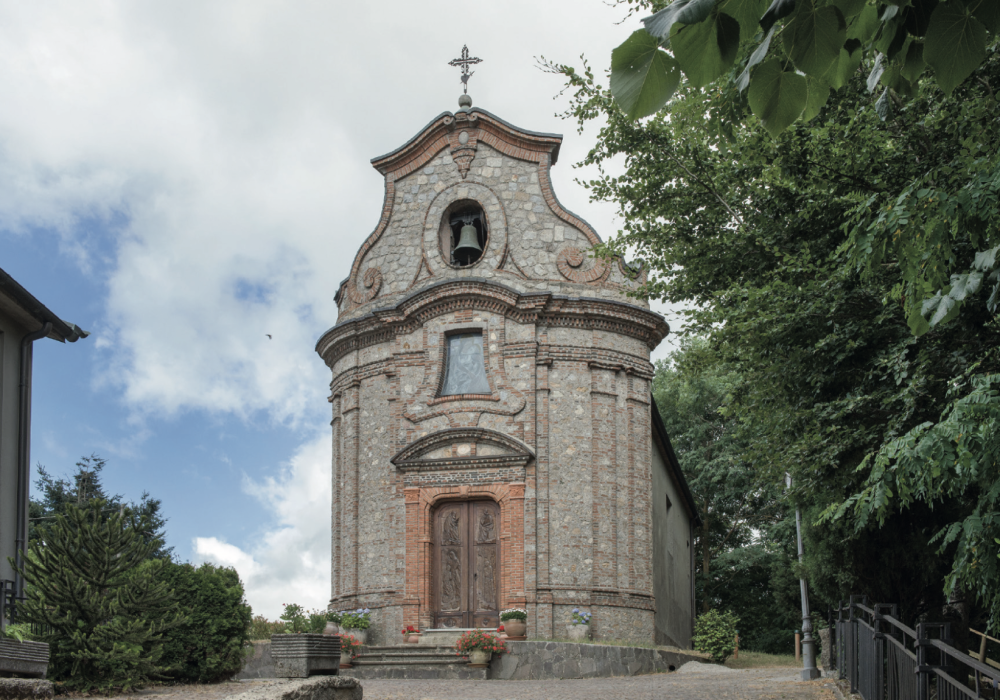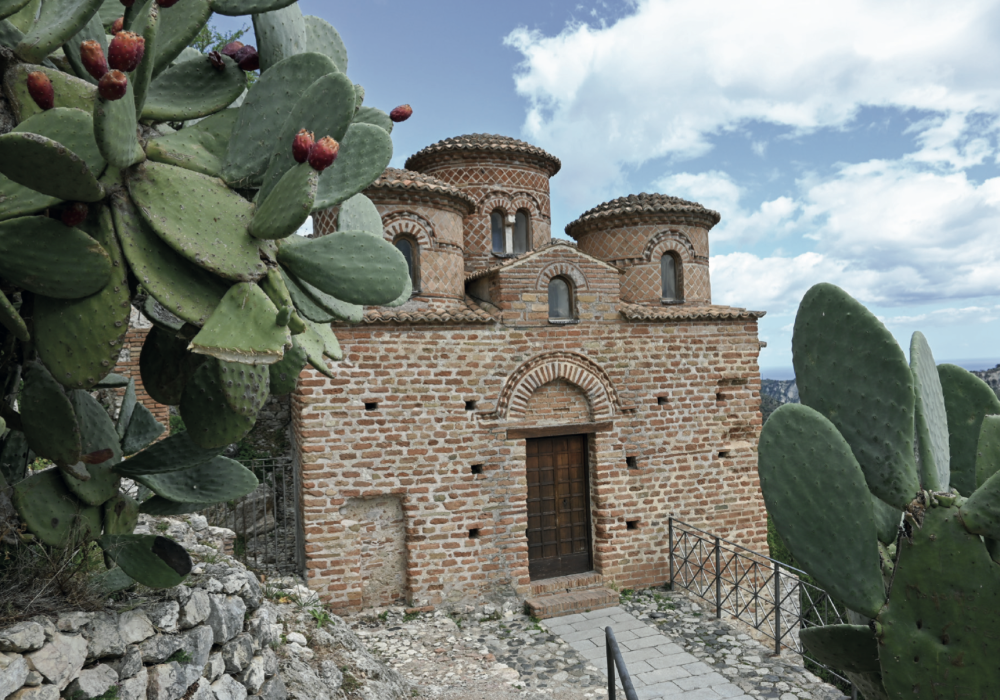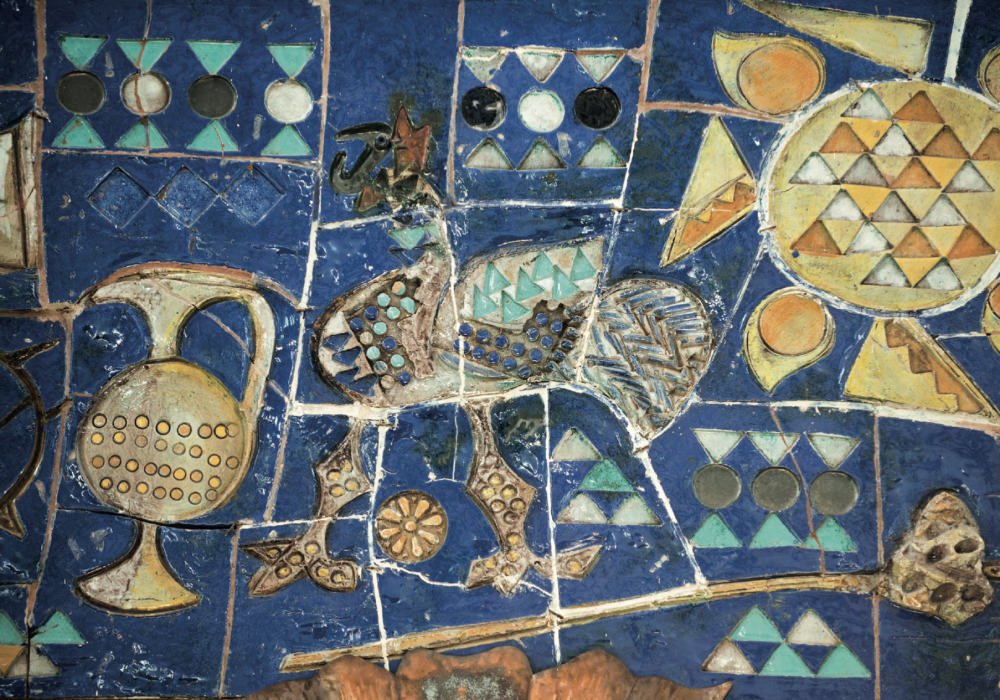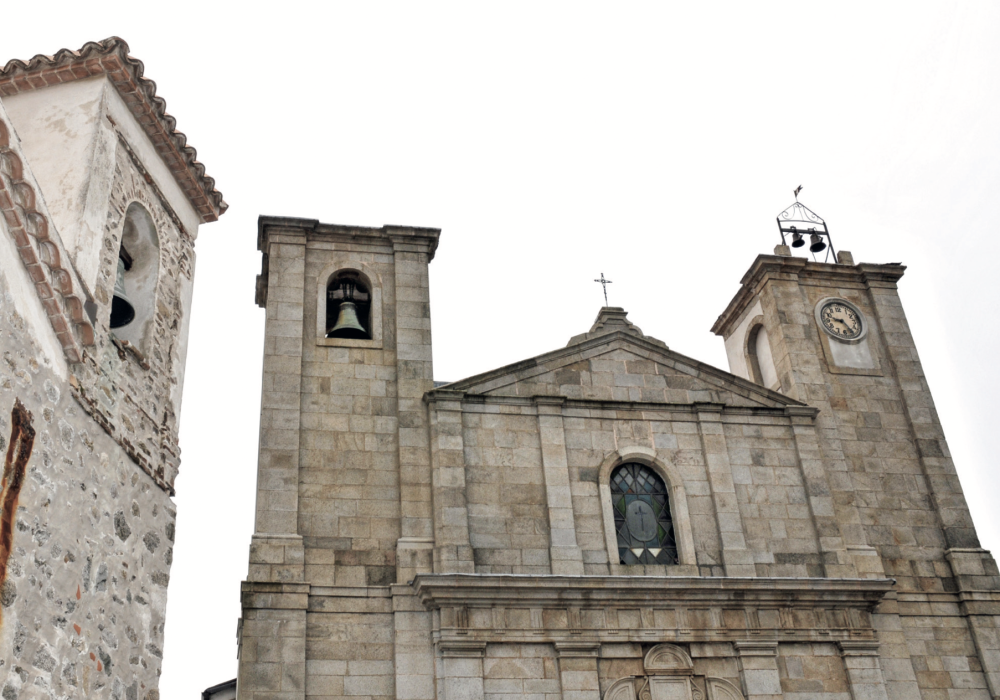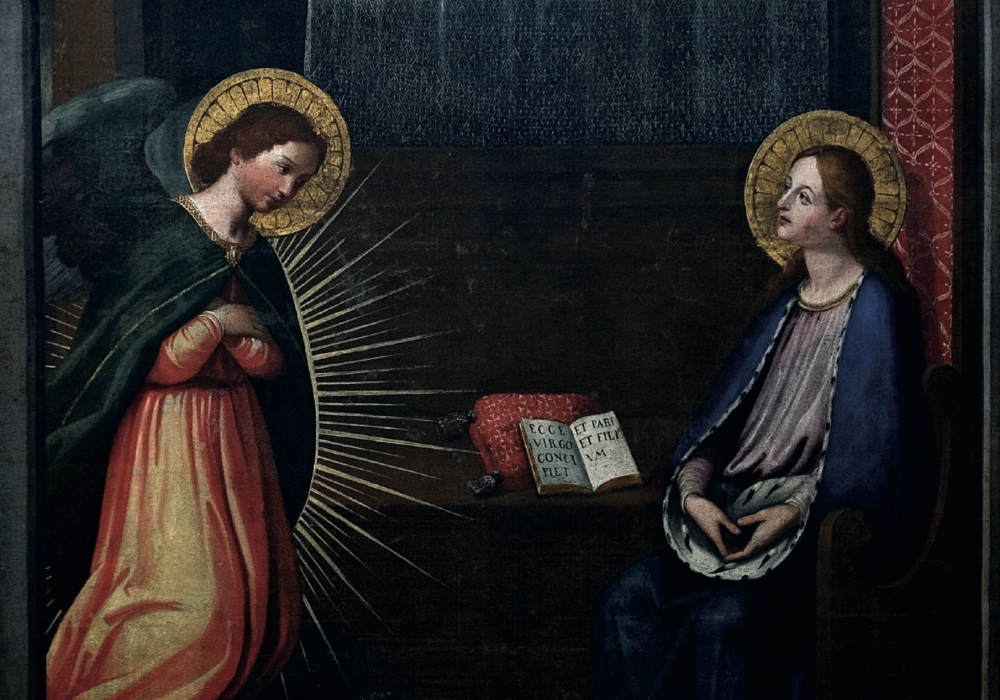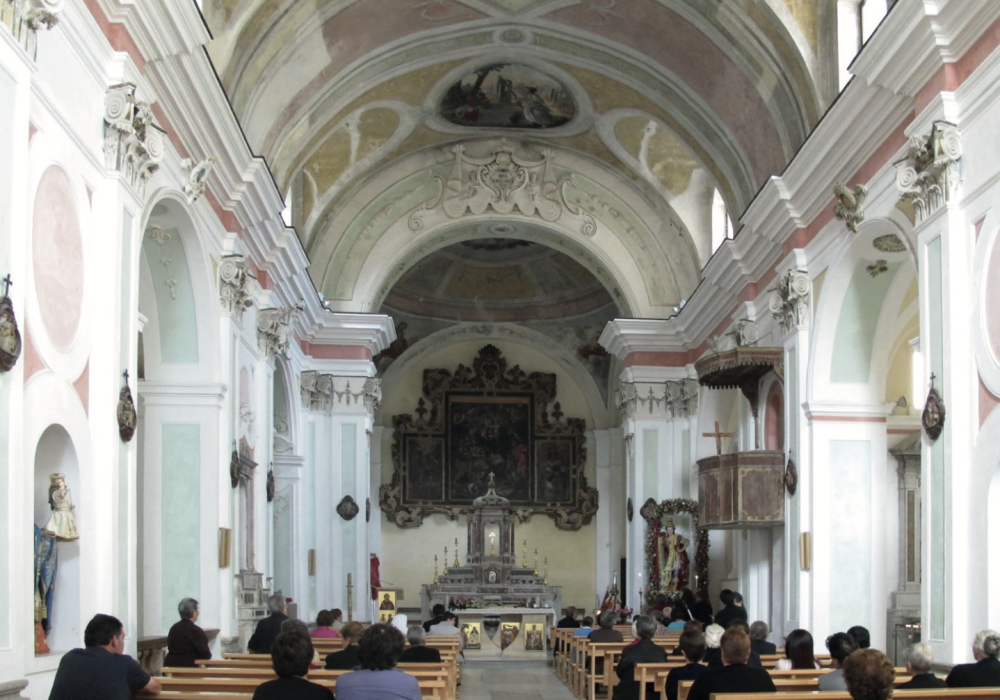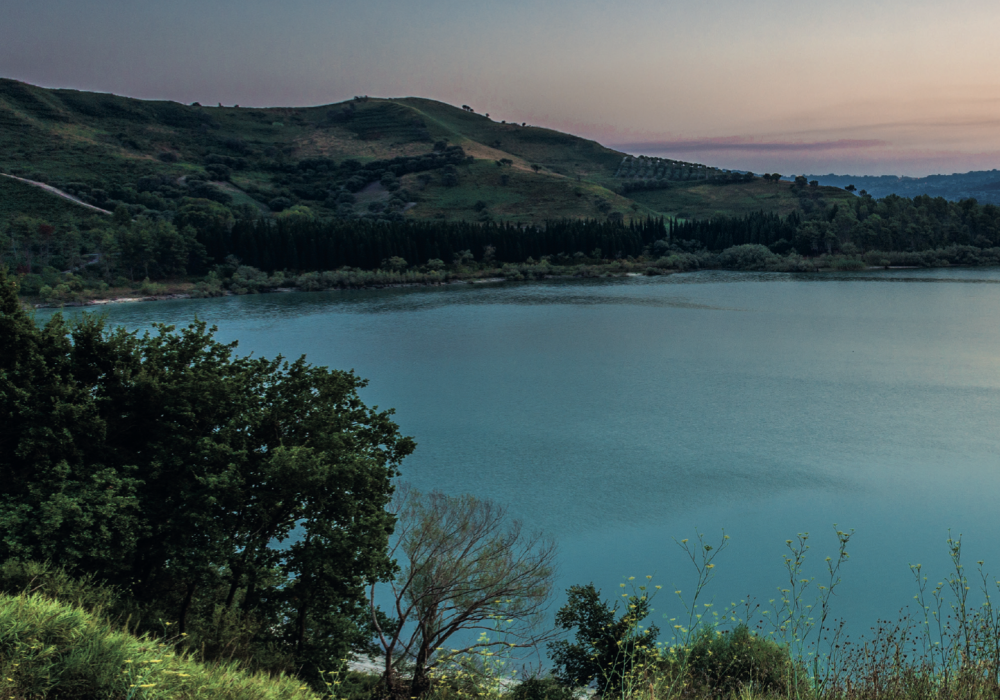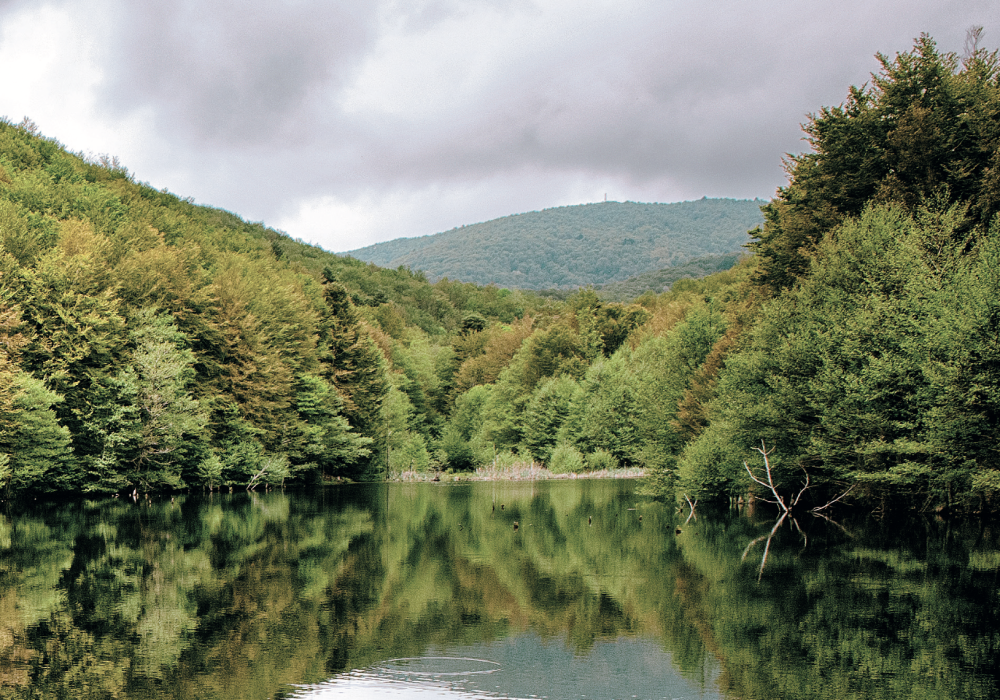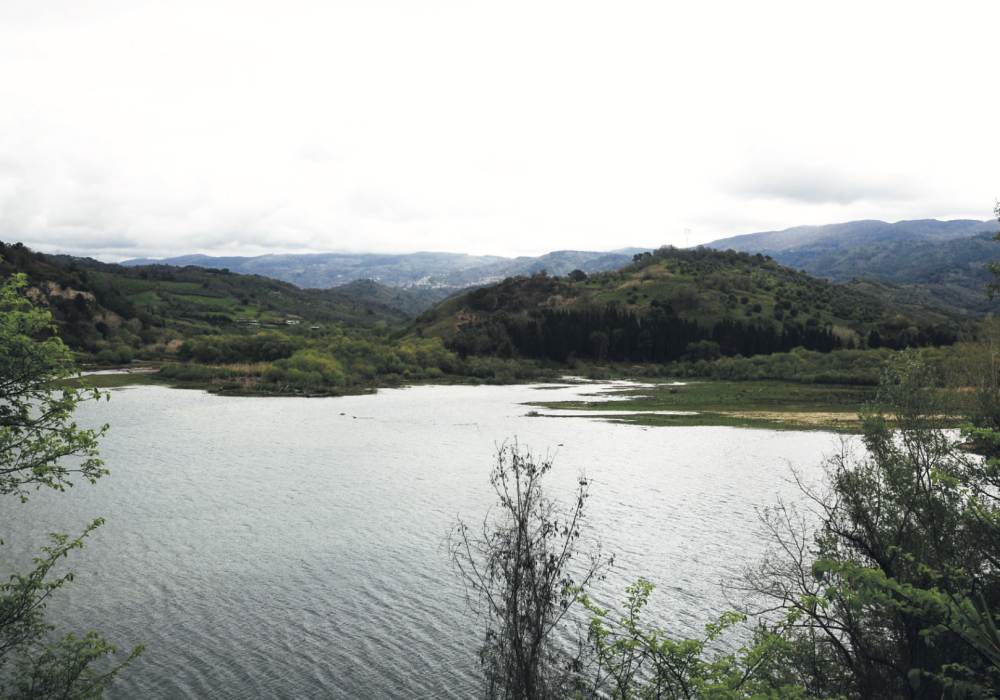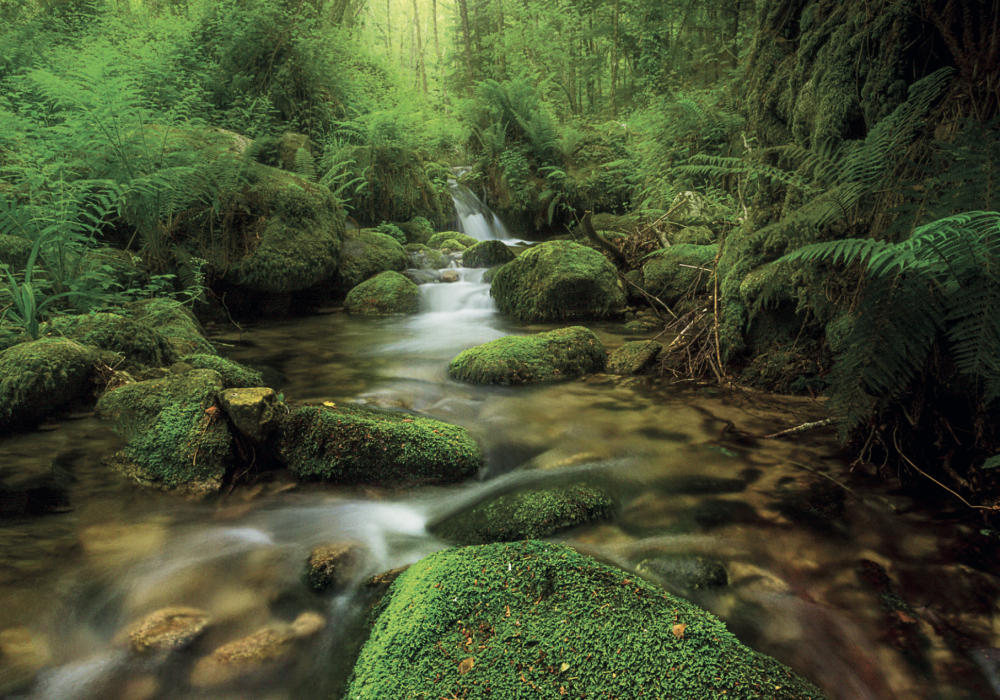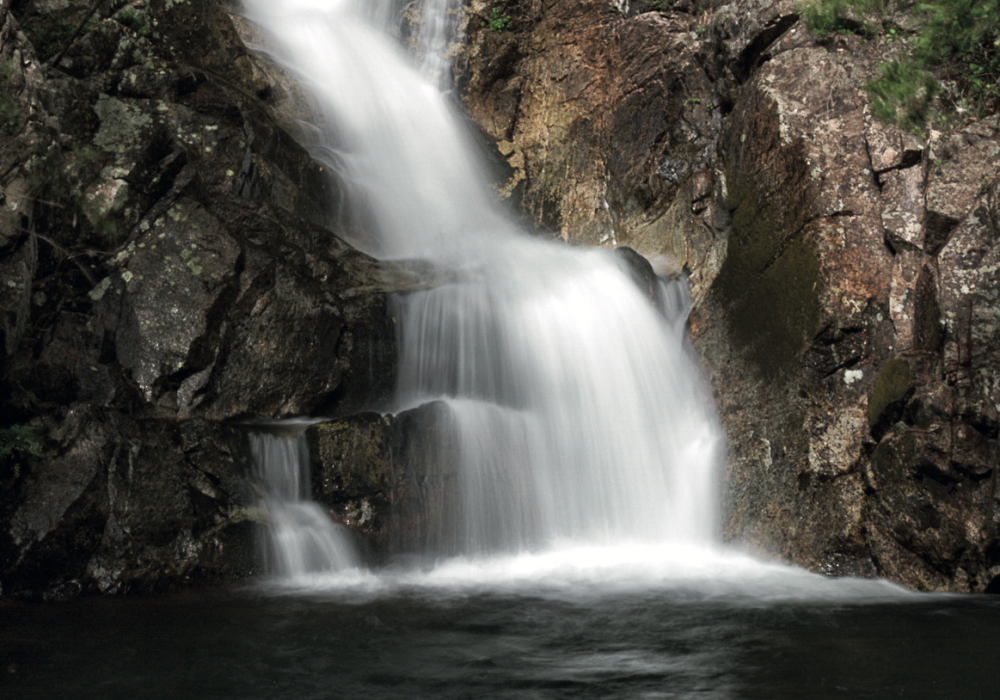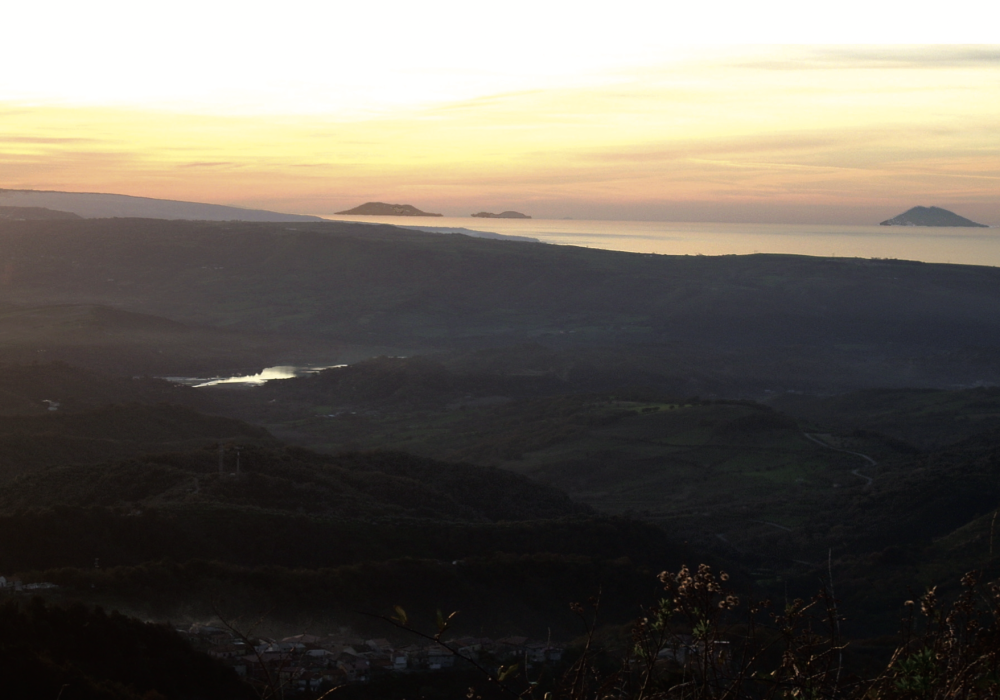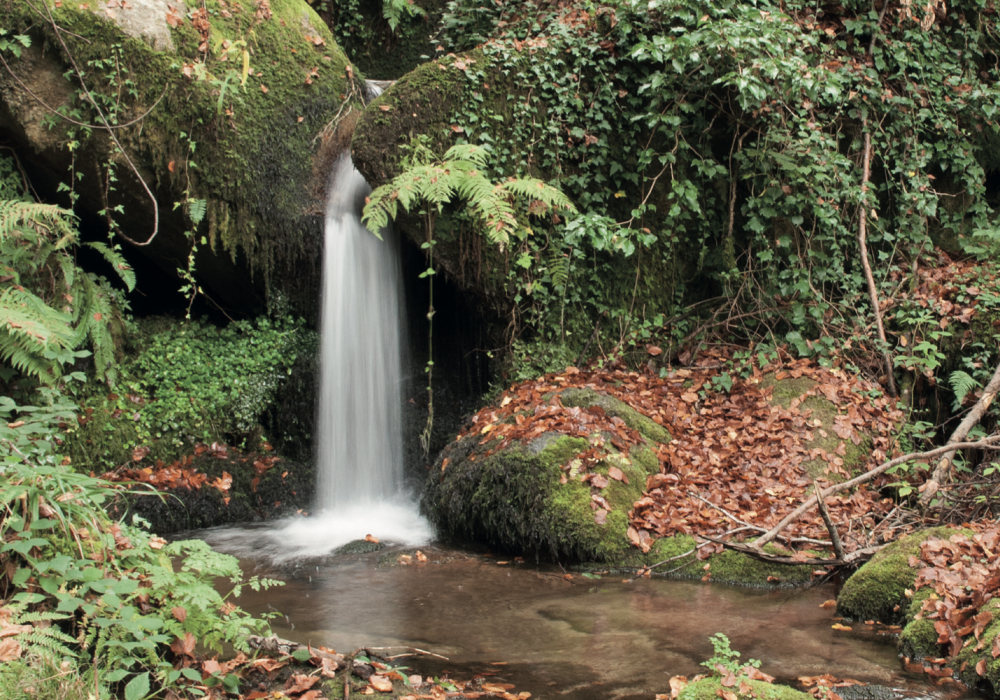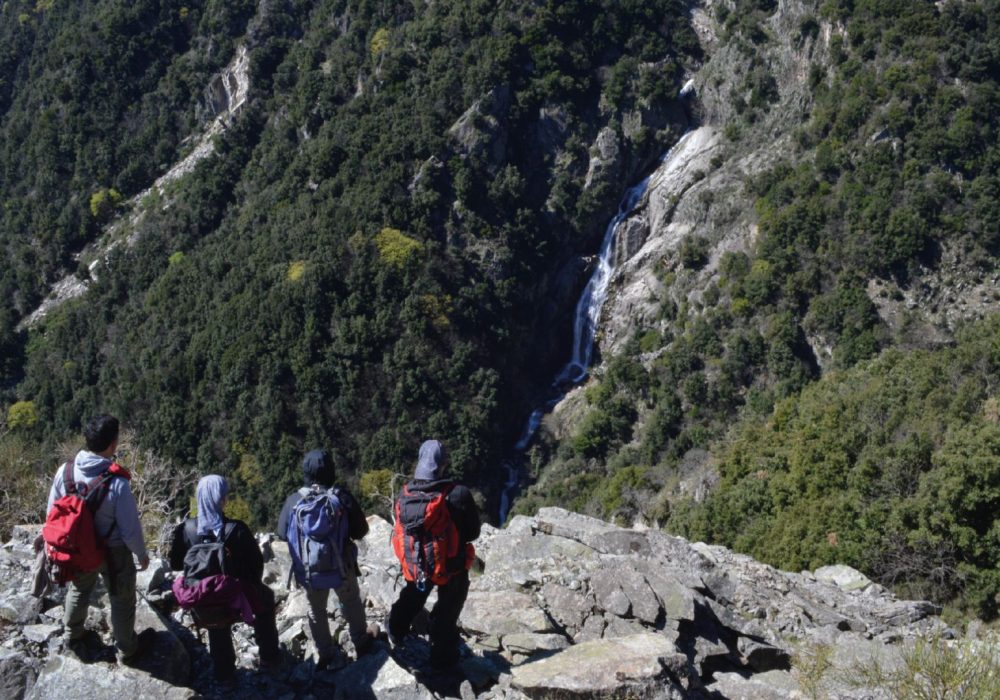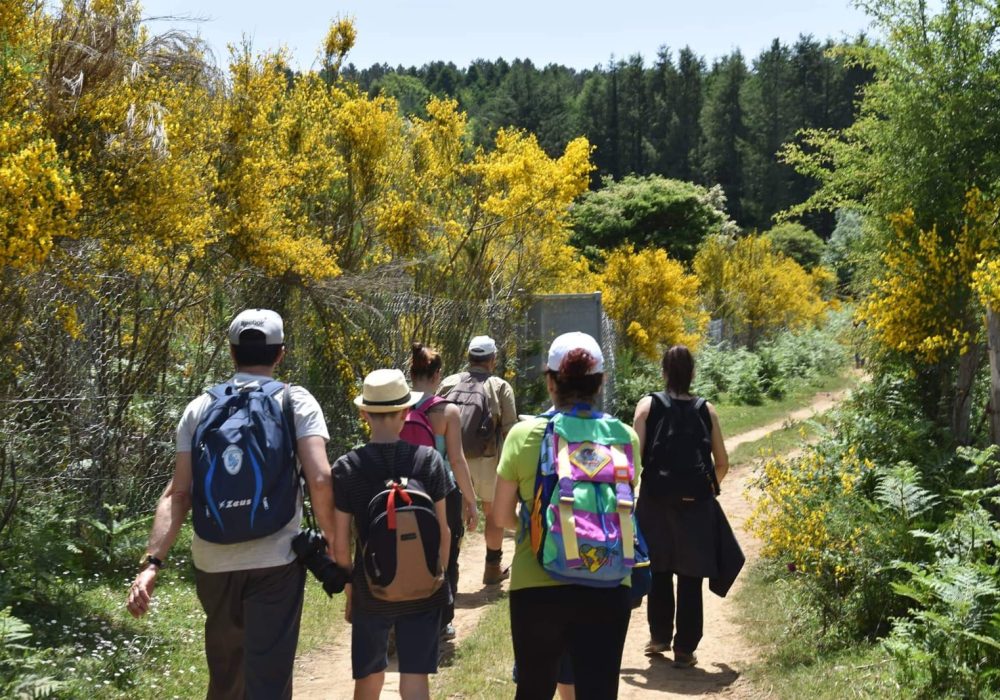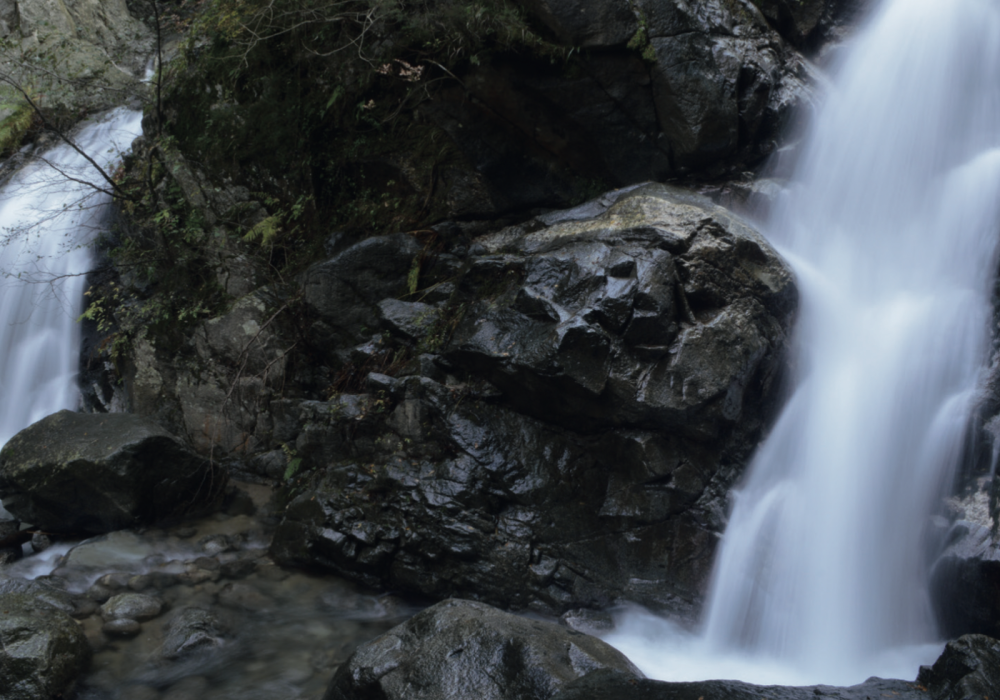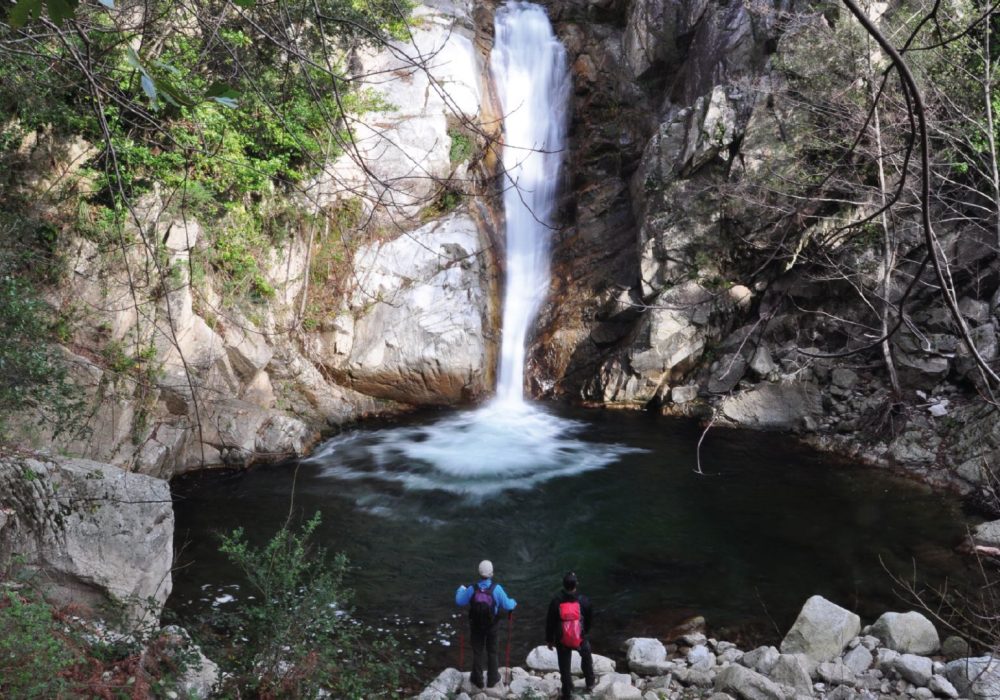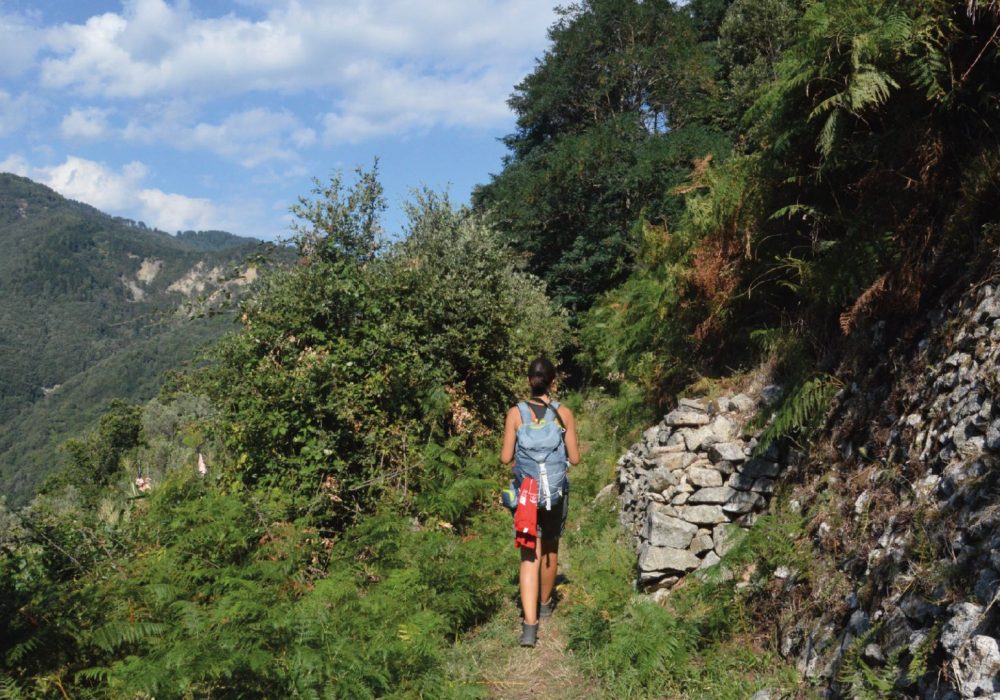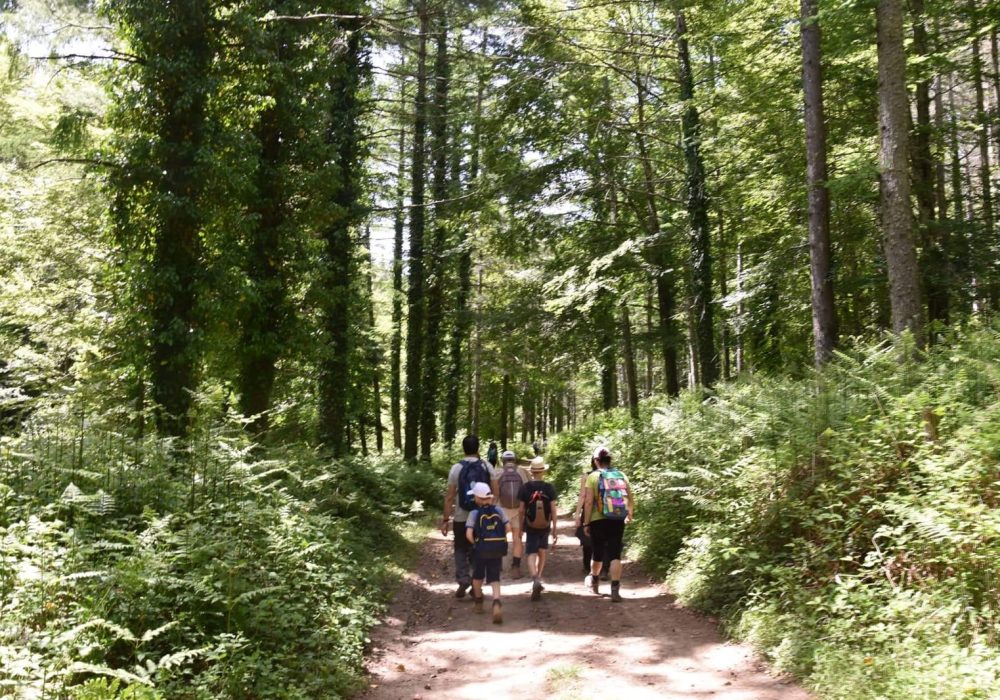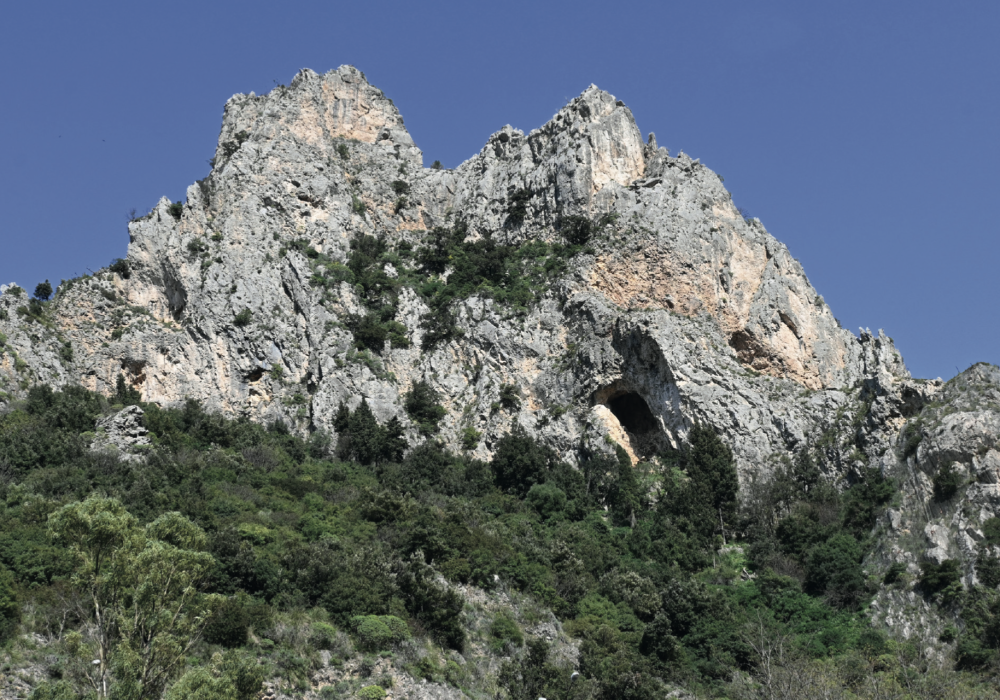Cultural Heritage
Serra San Bruno (VV)
Certosa
The Carthusian Monastery of Serra San Bruno is the first Carthusian monastery in Italy and the second of the entire Order, located in a picturesque forest on the outskirts of Serra San Bruno. The walls of the convent stand out solemnly amidst the greenhouses, as secular as time in the wilderness.
It is a vast complex founded between 1090 and 1101 by Brunone of Cologne, founder of the Carthusian Order and the Grande Chartreuse near Grenoble, who – scandalised by the corruption of the clergy – had retired to the solitude of the Calabrian woods. Today, only a few monks live in the Chartreuse, which can be seen every Monday during their walk in the woods. It is absolutely forbidden for women to enter, since legend has it that if they did, the earth would begin to shake. It is not even allowed to visit the imposing Library inside, but only the Museum, which collects the most significant testimonies of art in the Charterhouse.
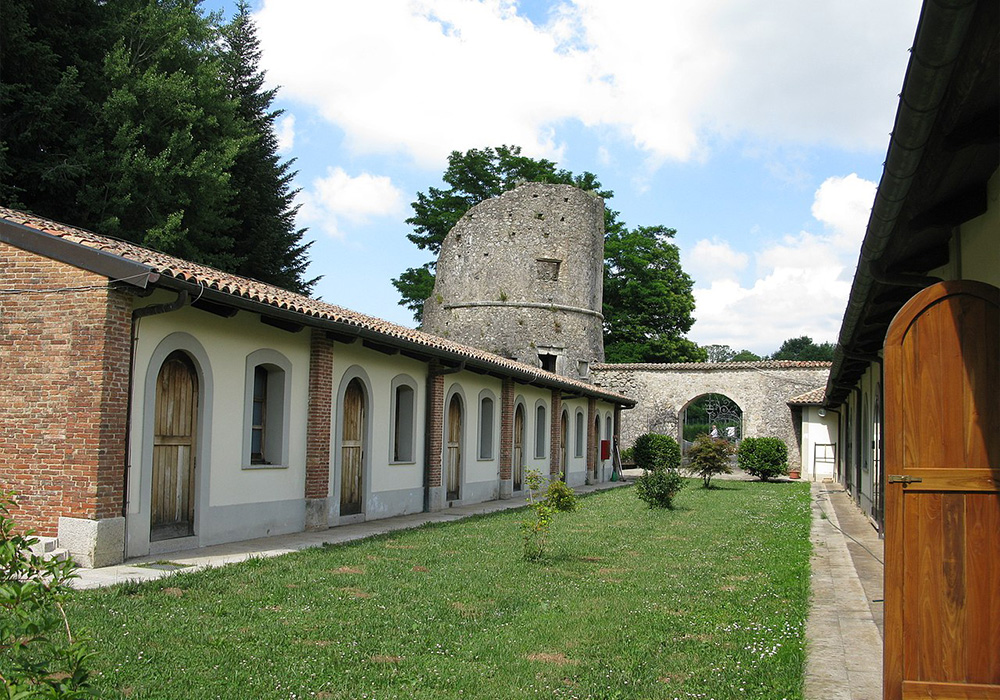
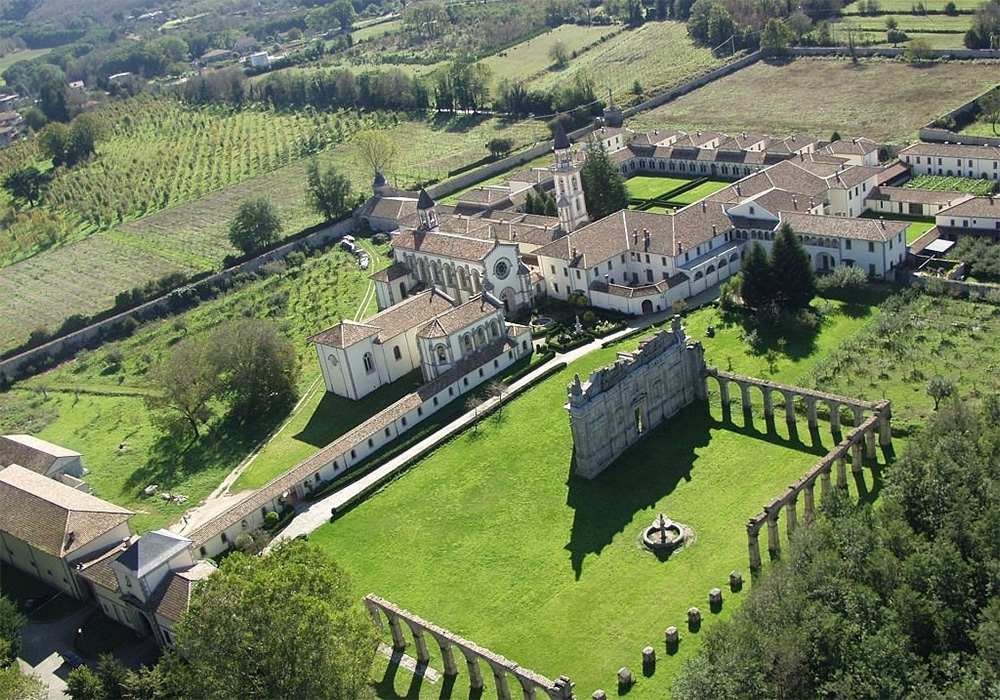
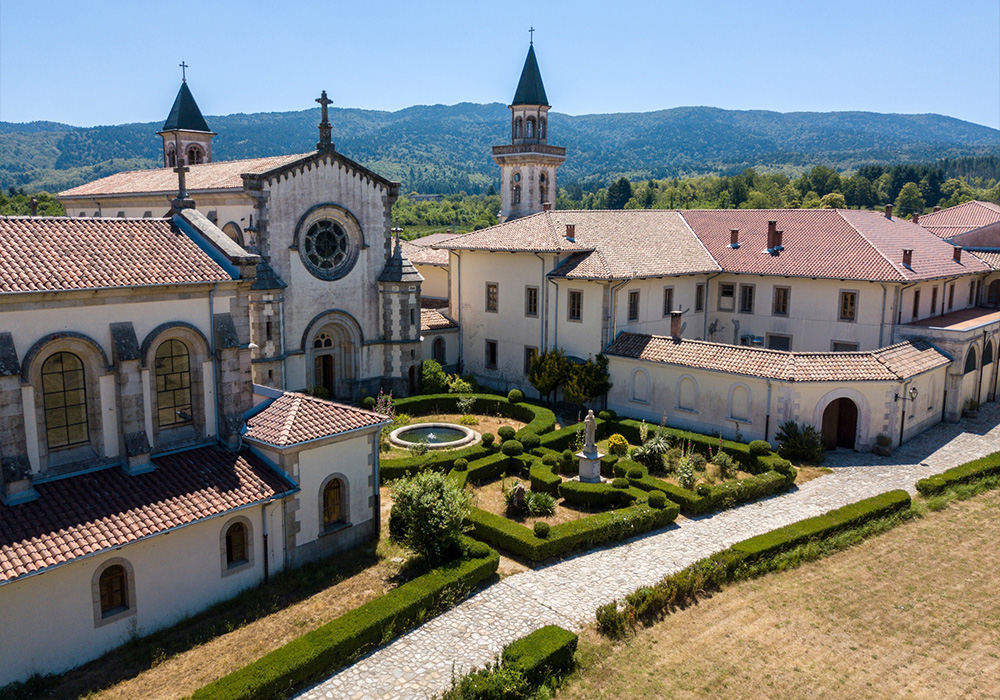
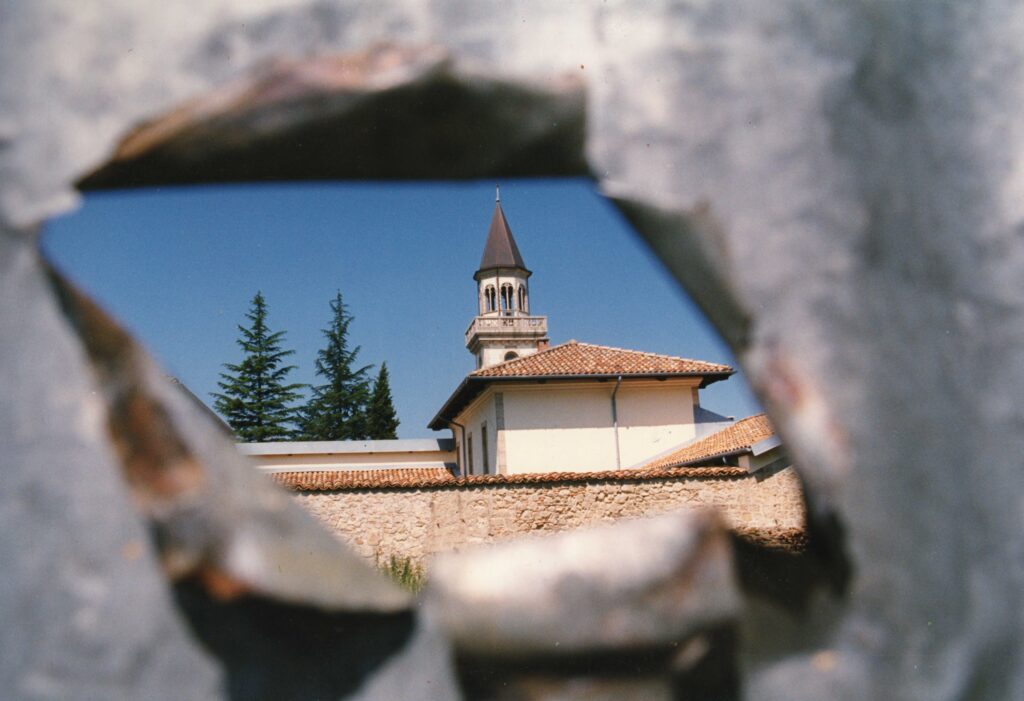
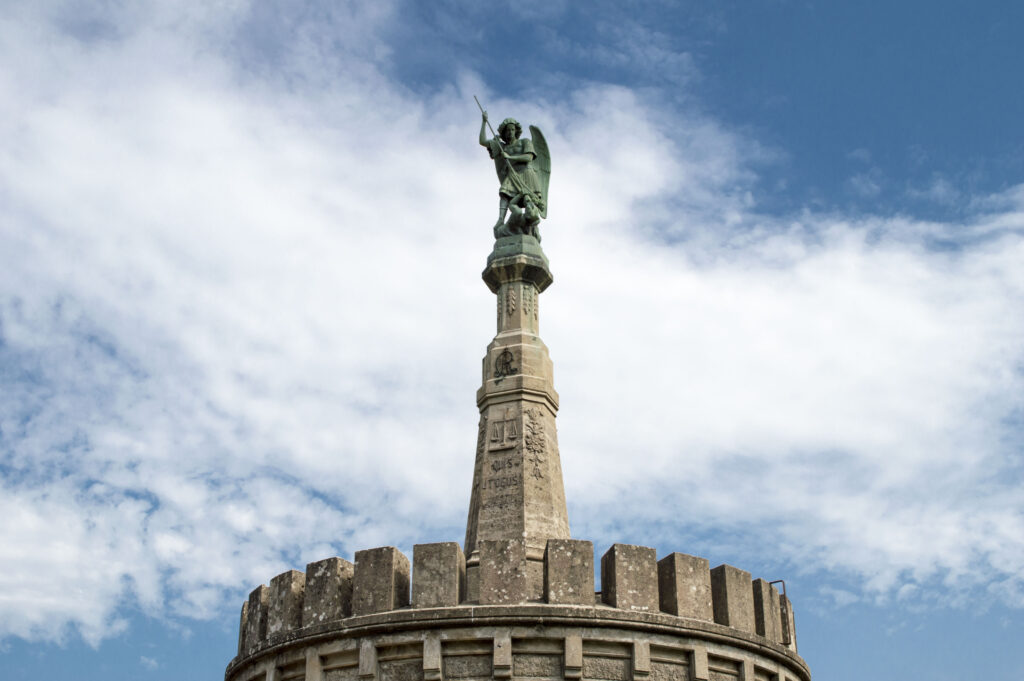
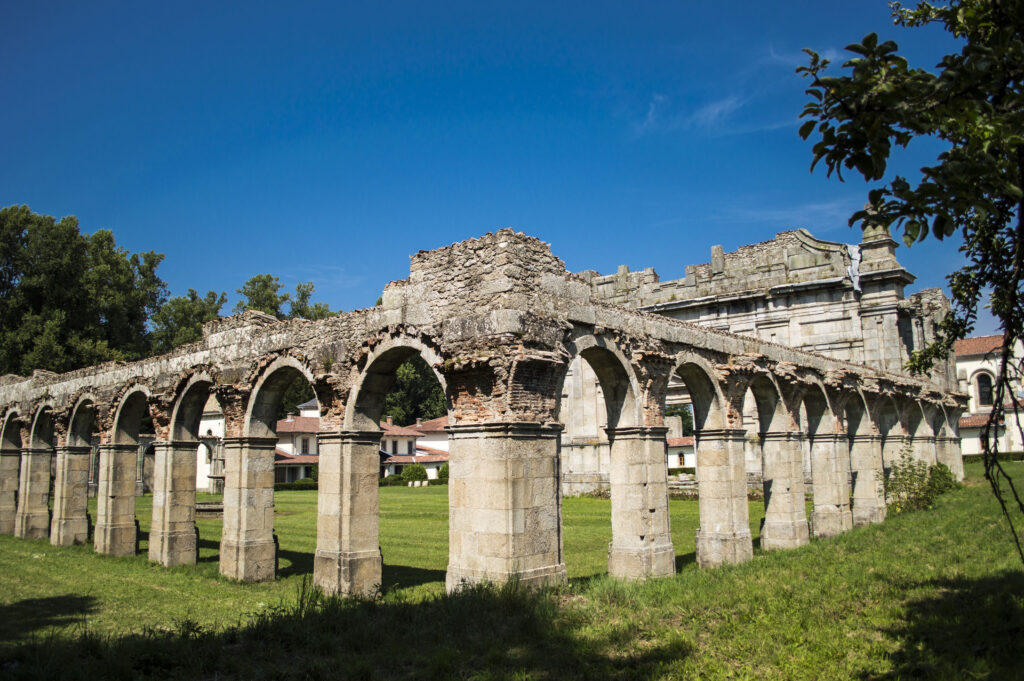
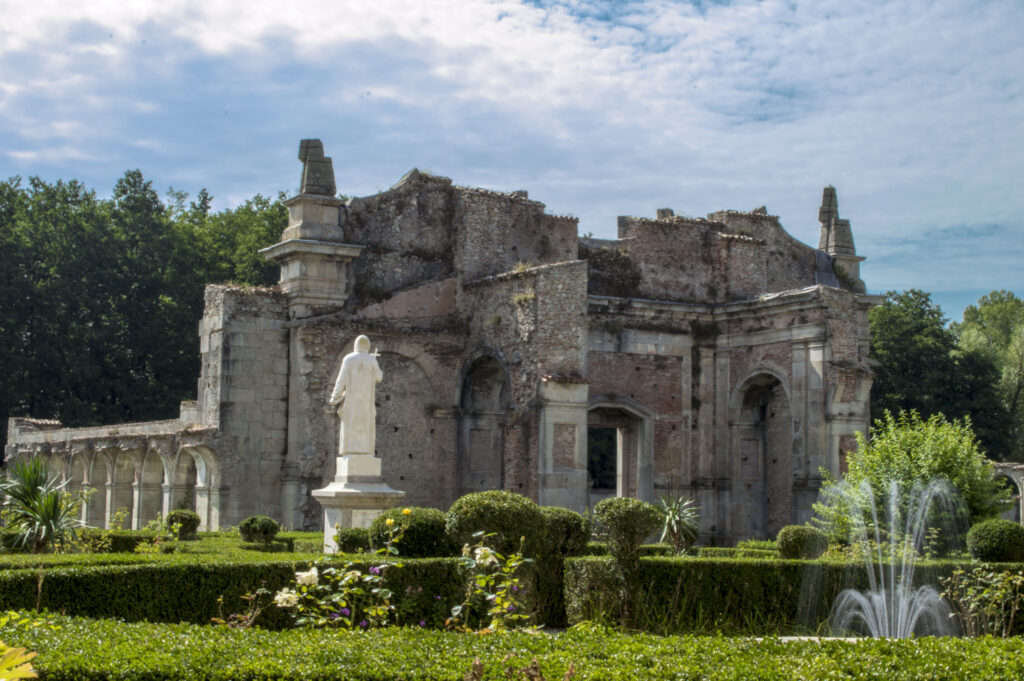
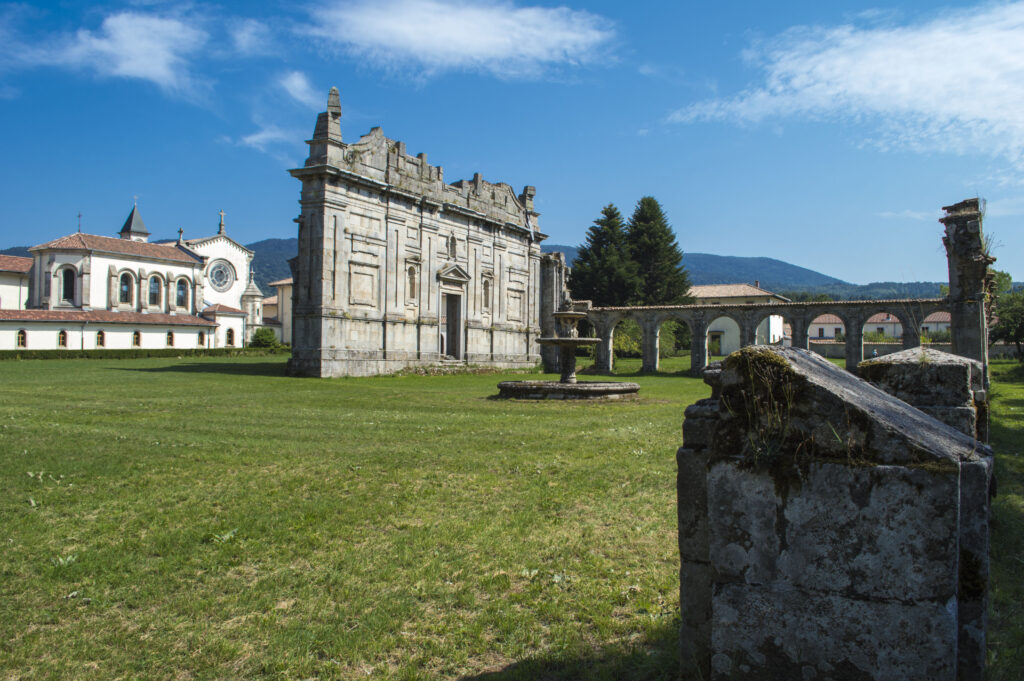
Stilo (RC)
Cattolica of Stilo
The Cattolica of Stilo is a small religious building located adjacent to the village of Stilo, on the slopes of Mount Consolino. The term ‘Cattolica’ probably derives from the Greek ‘Katholikon’ indicating the place of worship of a monastic complex or the cultic reference centre for hermits who lived in the same area. Its expressive richness, belonging to a typically Byzantine architectural tradition, places it rightfully among the most remarkable monuments in Calabria.
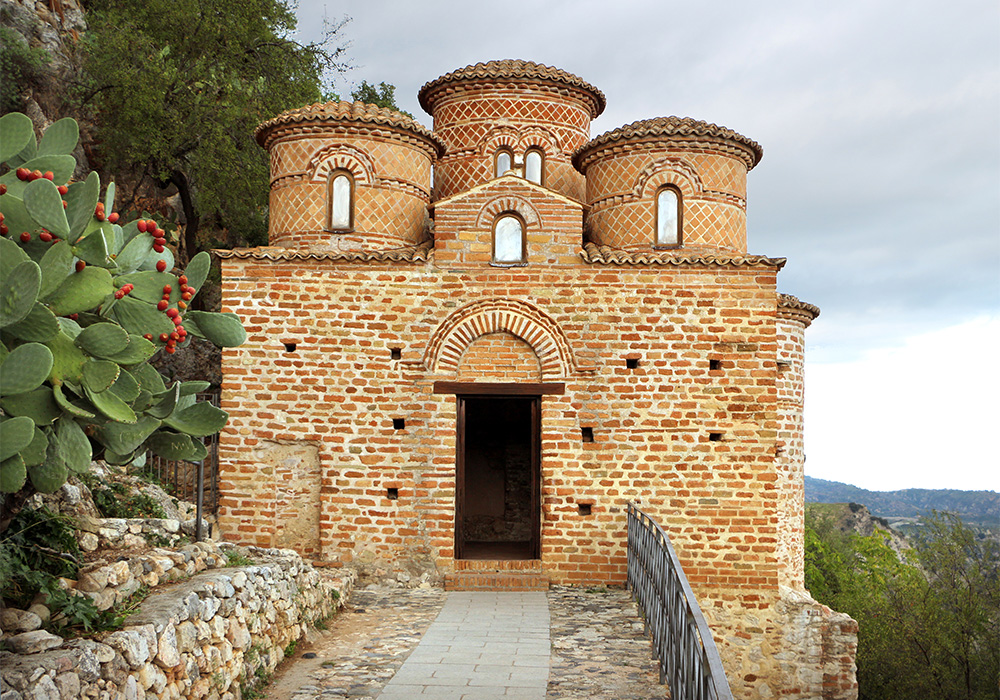
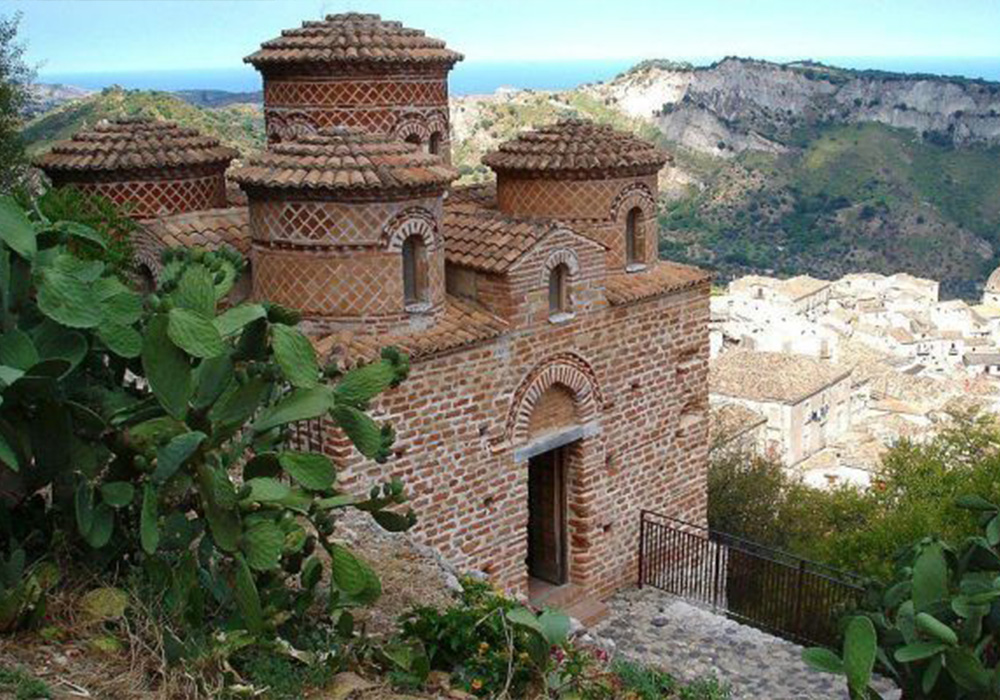
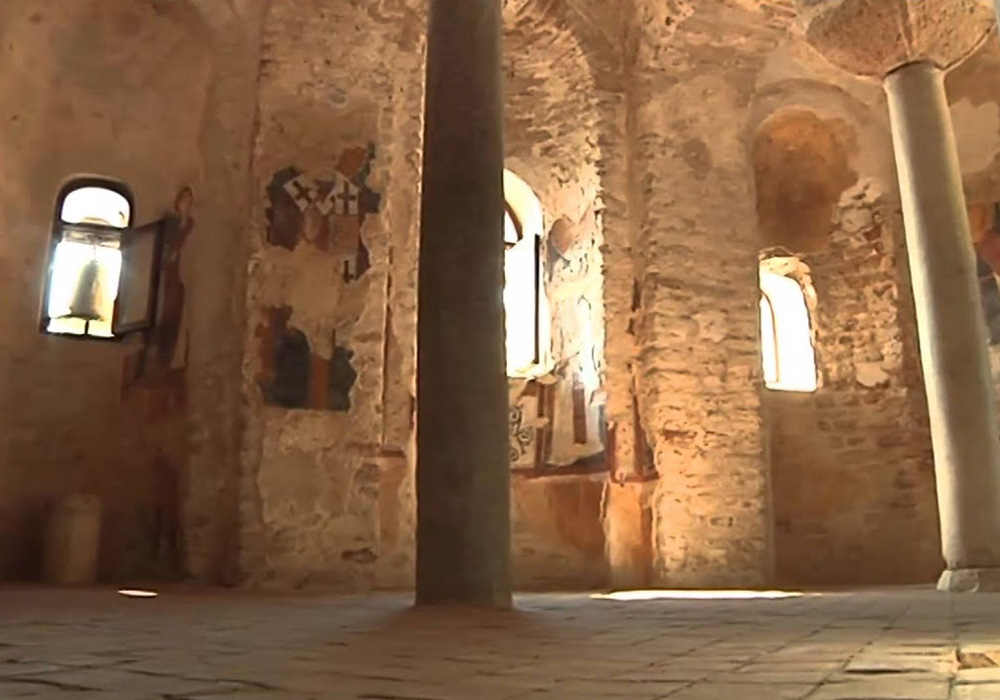

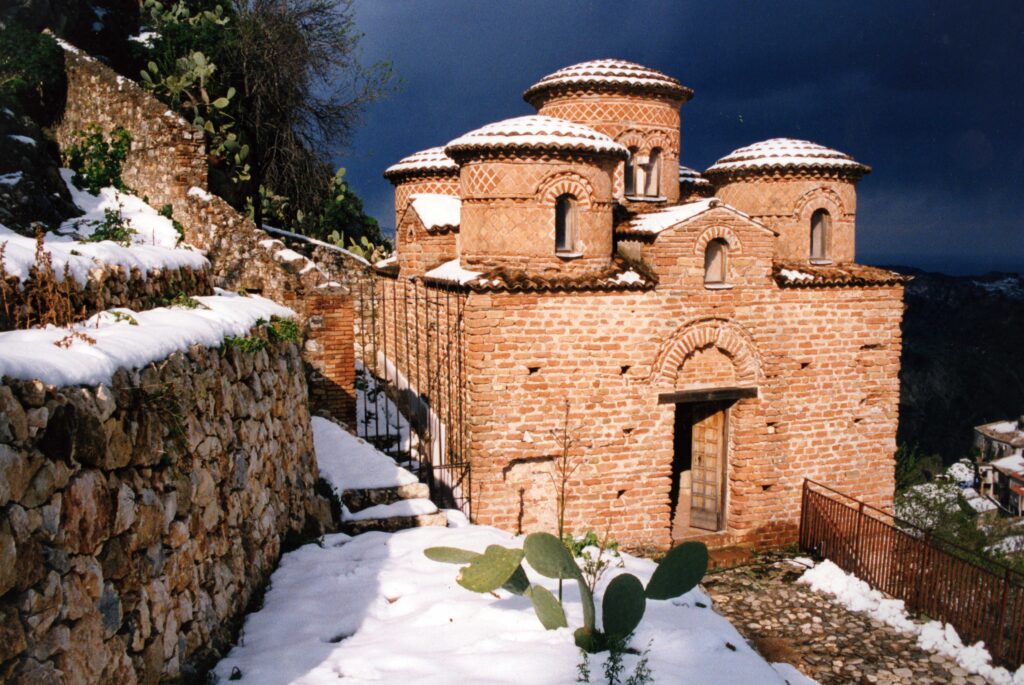
Mongiana (VV)
Bourbon Ironworks
The Royal Ironworks and Workshops of Mongiana or Mongiana Iron and Steel Pole was an important iron and steel complex built in Mongiana in 1770 – 1771 by the Bourbon dynasty of Naples. An integral part of the industrial and military complex of the Kingdom of the Two Sicilies, and a basic plant for the production of ferrous materials and semi-finished products (later finished both on site and at the Pietrarsa iron and steel pole), it employed around 1,500 workers in 1860. Overwhelmed by events linked to the process of political unification of the Italian peninsula, it was sidelined by the Savoy government, causing a rapid decline of the iron and steel complex, which ended with the cessation of activity in 1881.
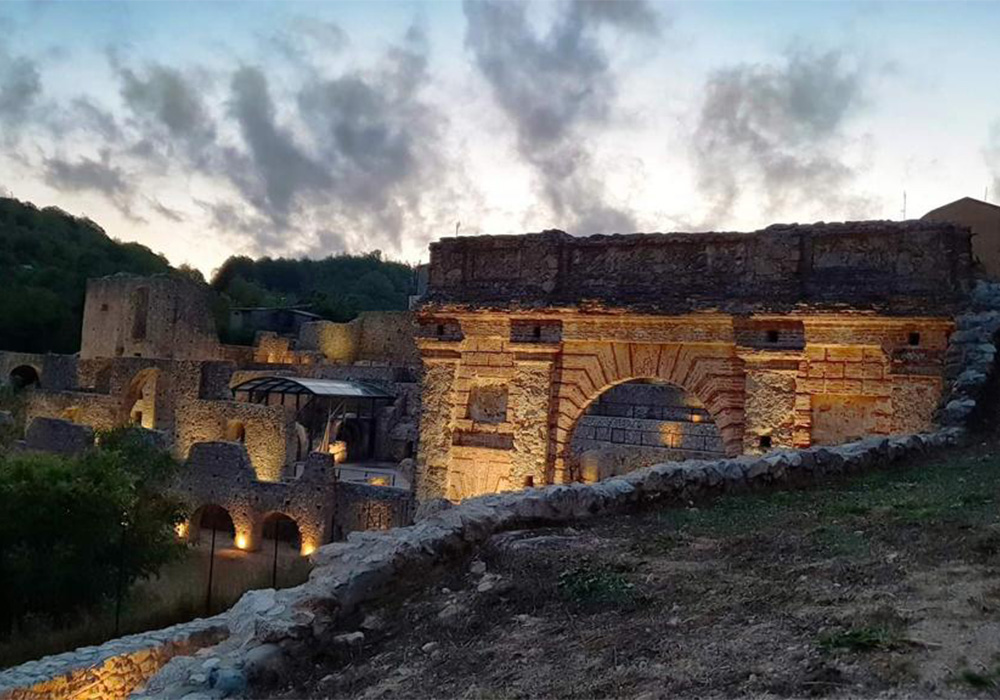
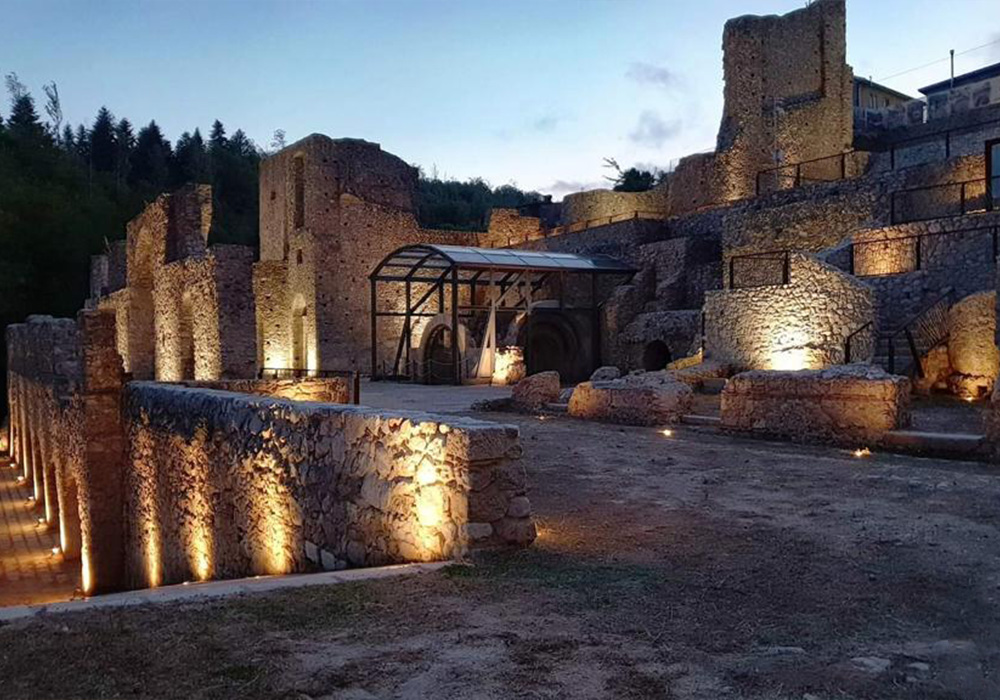
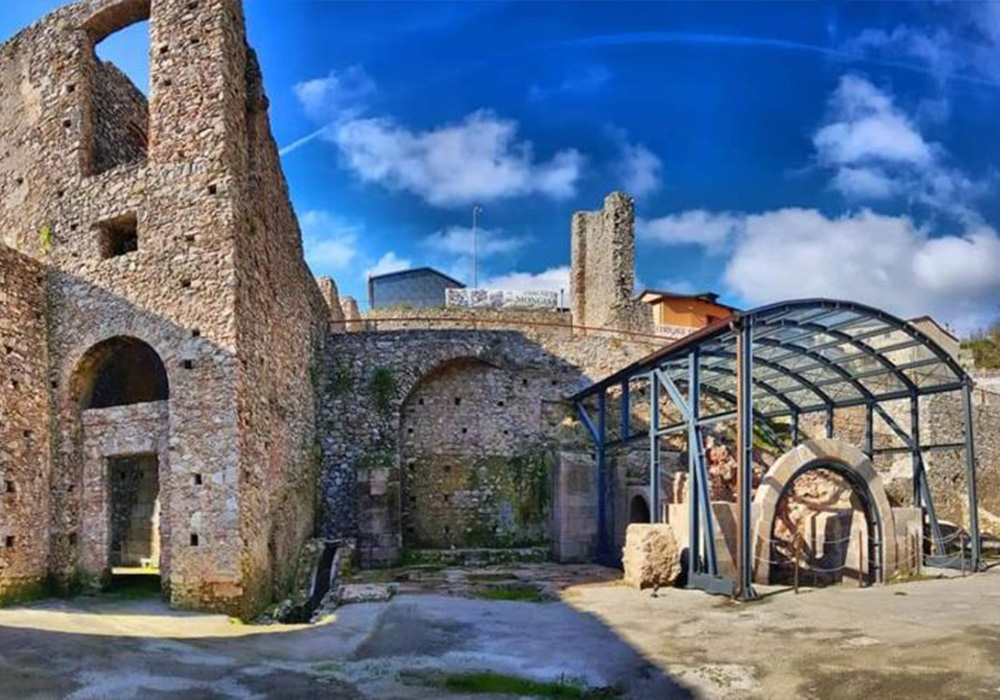
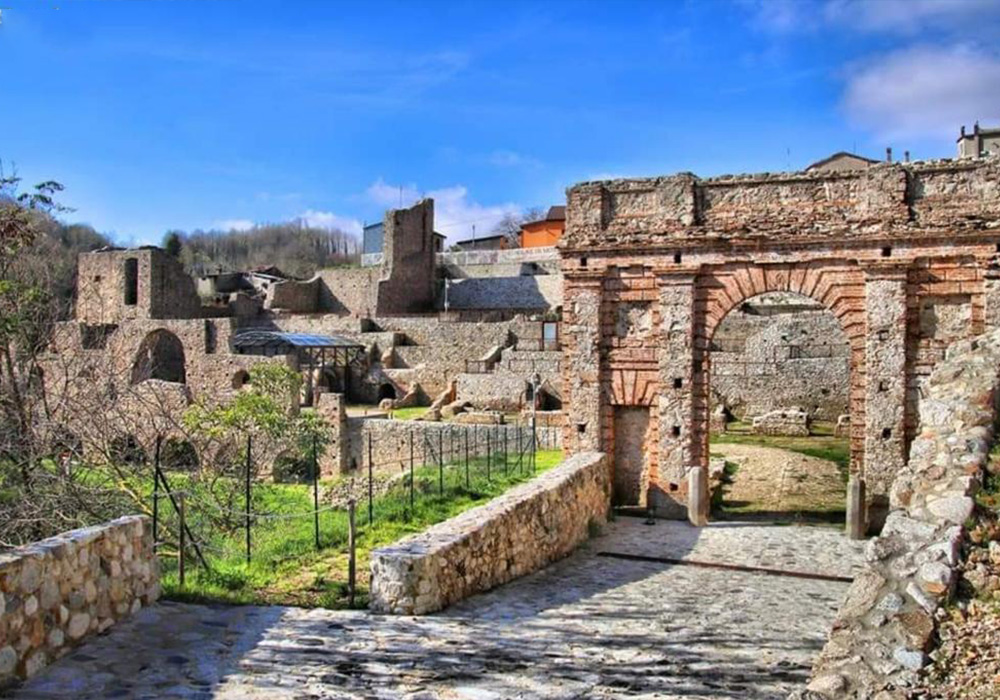
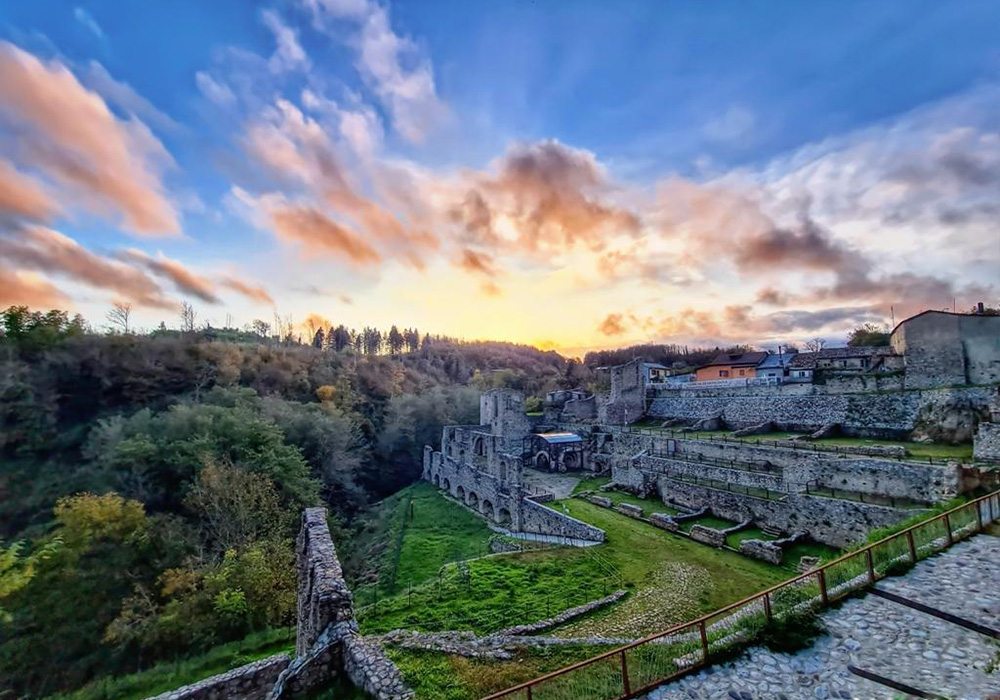
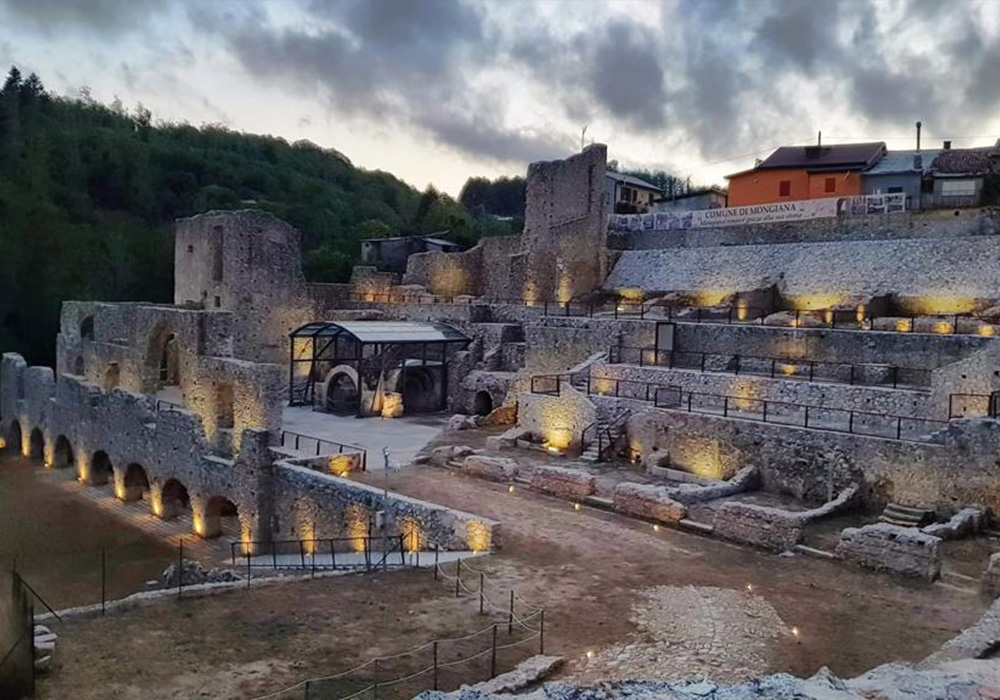
Pizzo Calabro (VV)
Church of Piedigrotta
A mixture of local history and legend make the Church of Piedigrotta unique.
For hundreds of years, the legend has been handed down of a shipwreck that occurred around the middle of the 17th century: a sailing ship with a Neapolitan crew was caught in a violent storm. The sailors gathered in the captain’s cabin where the painting of the Madonna of Piedigrotta was kept, and all together they began to pray, vowing to the Virgin that, in the event of salvation, they would erect a chapel and dedicate it to the Madonna. The ship sank and the sailors swam to the shore. Along with them, the painting of Our Lady of Piedigrotta and the ship’s bell dated 1632 also rested on the shore. Determined to keep their promise, they dug a small chapel in the rock and placed the sacred image there. There were other storms and the picture, carried away by the fury of the waves that penetrated right into the grotto, was always found in the place where the sailing ship had crashed against the rocks.
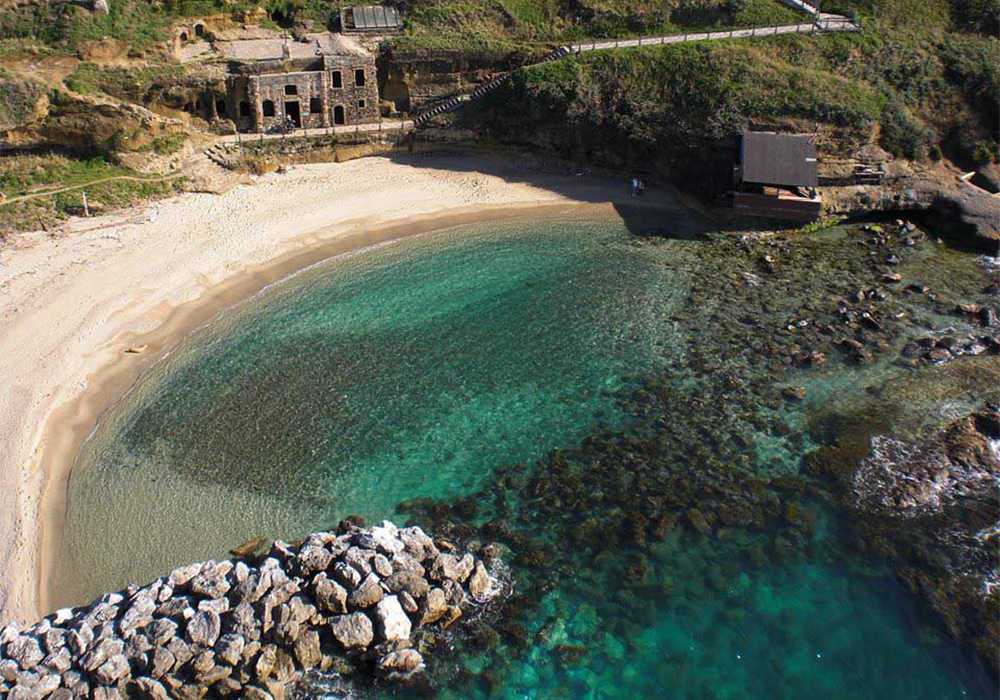
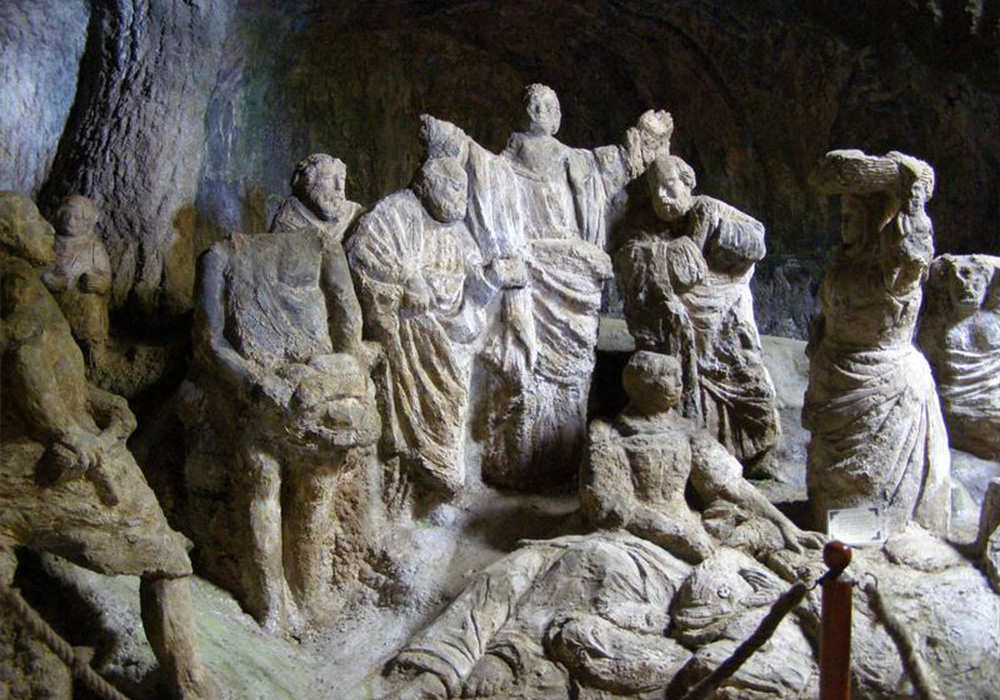
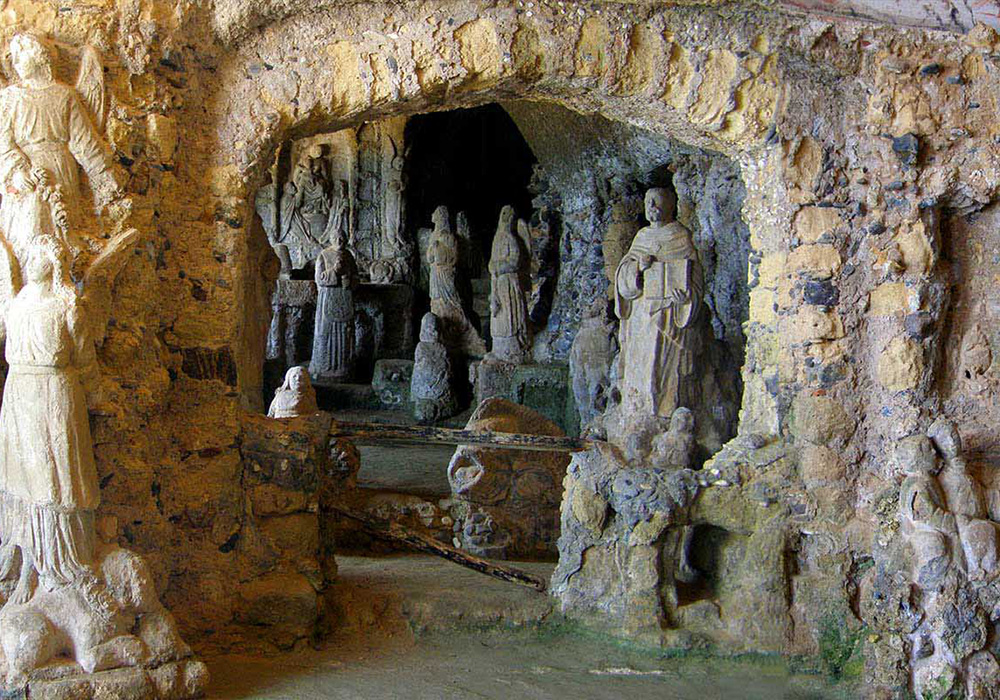
Bivongi (RC)
Monastery of St. John Theristis
There are no documents to corroborate this story, but the cult for the image is ancient and very much felt by the population and it would not be far-fetched for the painting to really be the result of a shipwreck. St. John Theristis lived and worked in the Stilaro Valley in the 9th century. After his death, his places and his aghiasma (sacred spring) became a pilgrimage destination, giving rise, in the 11th century, to a Byzantine monastery that, in the subsequent Norman period, established itself as one of the most important Basilian monasteries in southern Italy, maintaining its splendour and wealth until the 15th century. Its monks were learned and possessed a vast library. In the 17th century, due to numerous episodes of banditry, the monks decided to abandon the site for good and move to the larger Convent of San Giovanni Theristis Fuori le Mura, in Stilo, where the Saint’s relics were also moved. In the early 19th century, following the Napoleonic laws, the building became the property of the municipality of Bivongi. In 1990, renovation work began, and in 1994, the first Athonite monks (from Mount Athos) began to live there permanently. In 2008, the municipality of Bivongi granted the use of the Monastery to the Romanian Orthodox Church, due to the lack of custody by the Greeks. The Basilica is a clear testimony of the fusion of Byzantine and Latin architectural styles: Norman elements can be seen throughout, in the four corner pillars closed by the arches supporting the dome; while, the Byzantine style is evident in the external masonry. Traces of frescoes depict St John Theristis. The interior is again rich in icons, paintings, frescoes and admirable sacred furnishings, such as the iconostasis and the splendid gold chandelier in the nave.
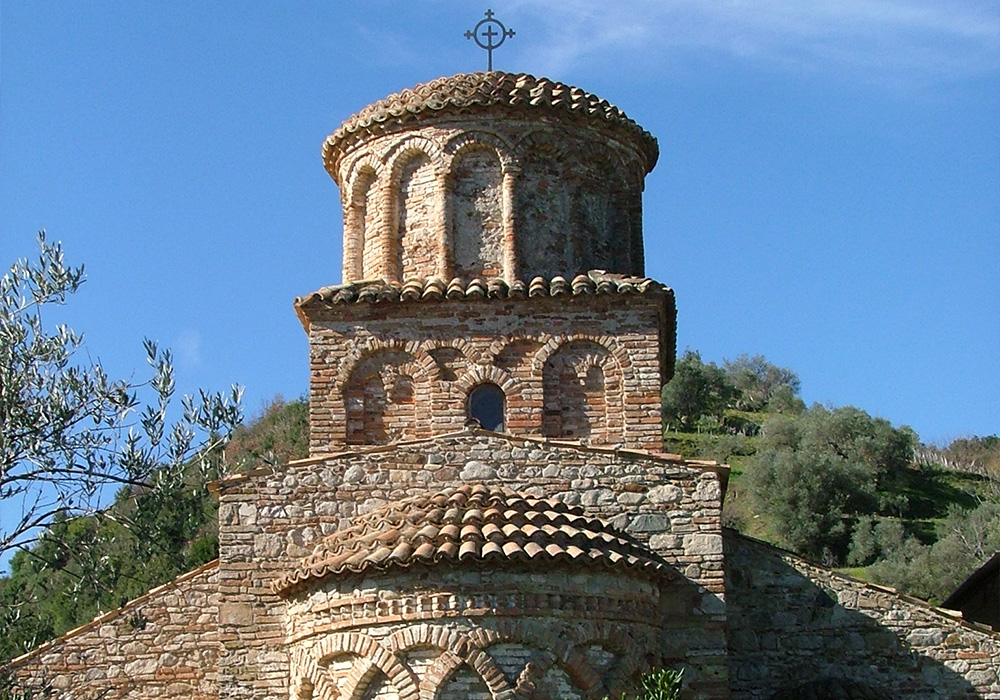
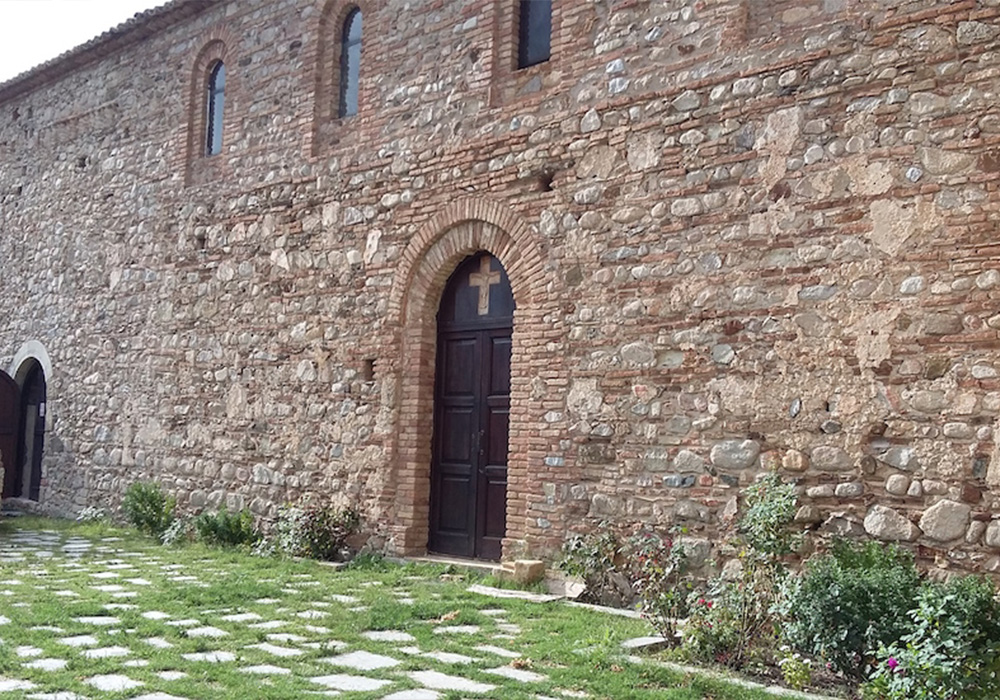
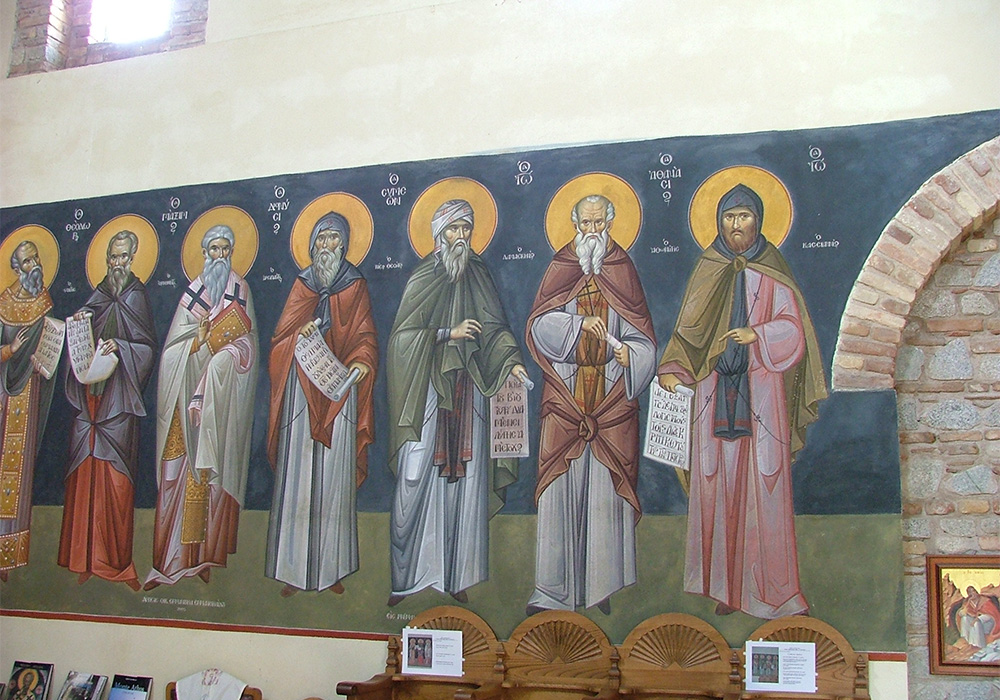
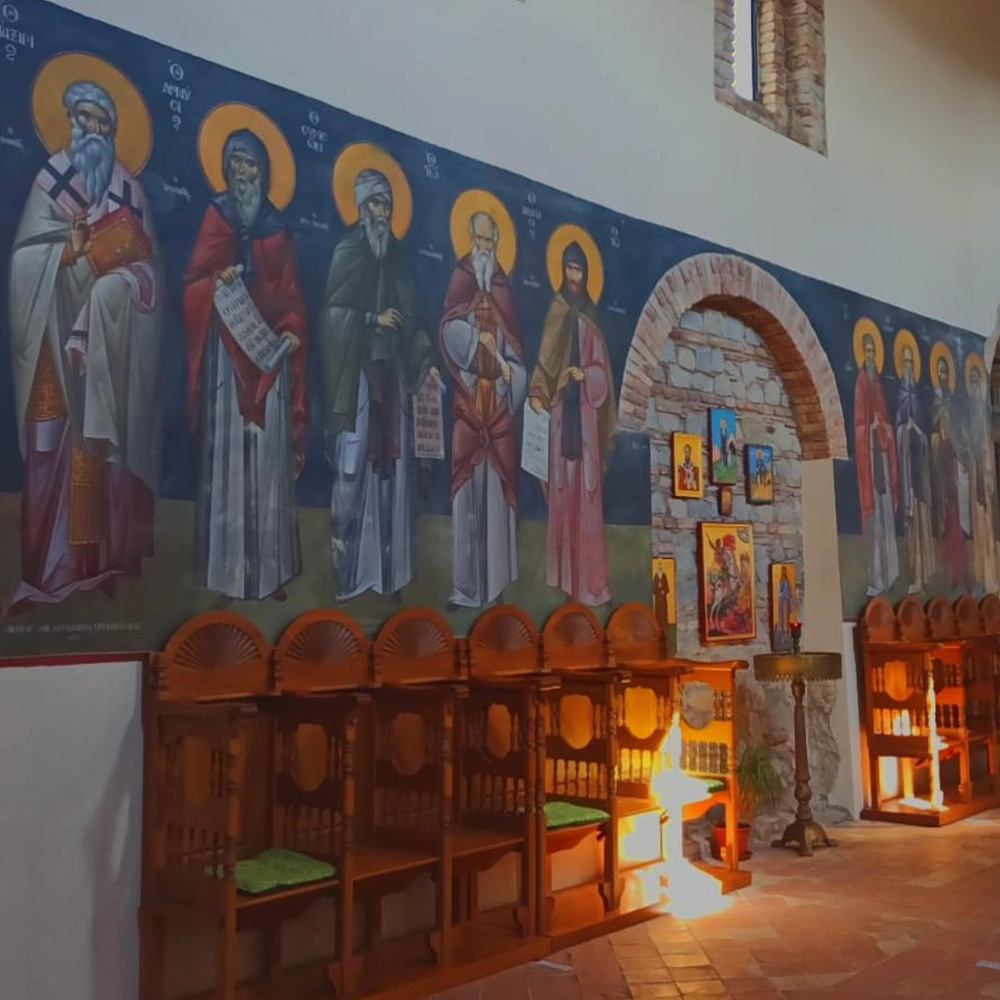
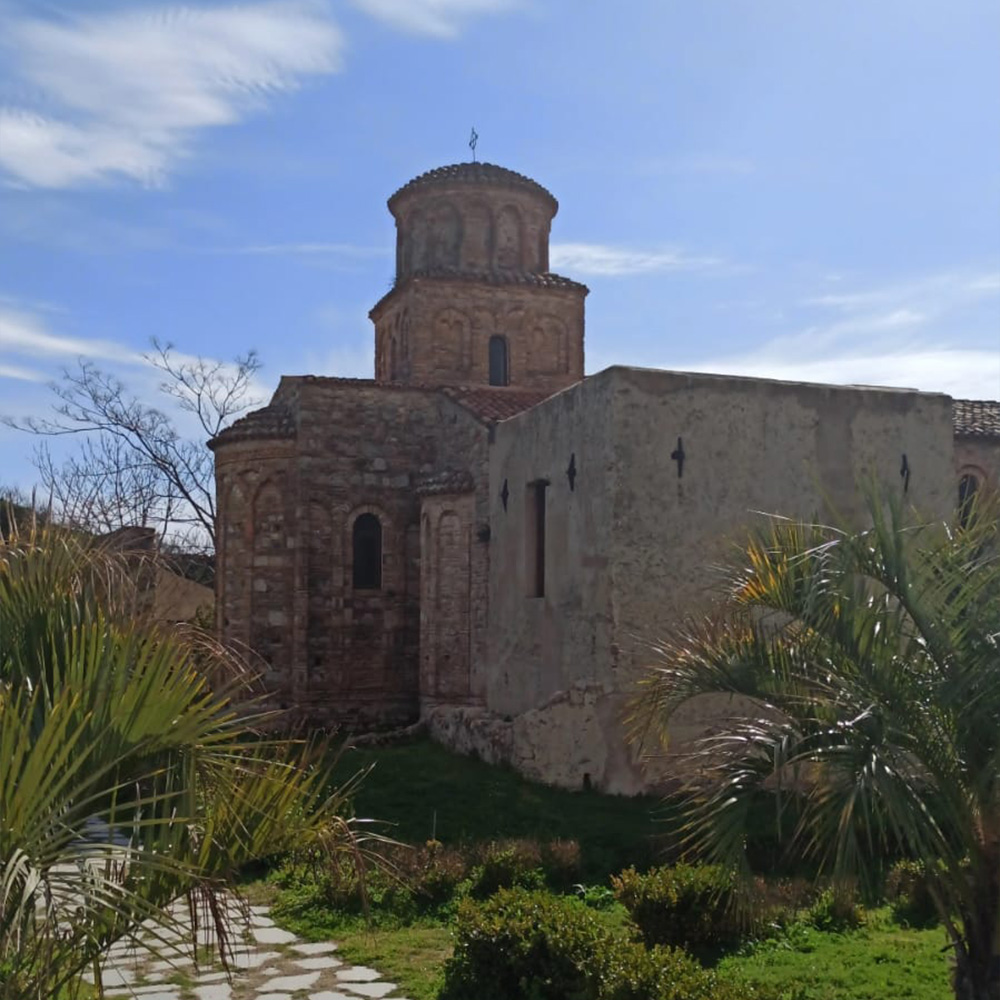
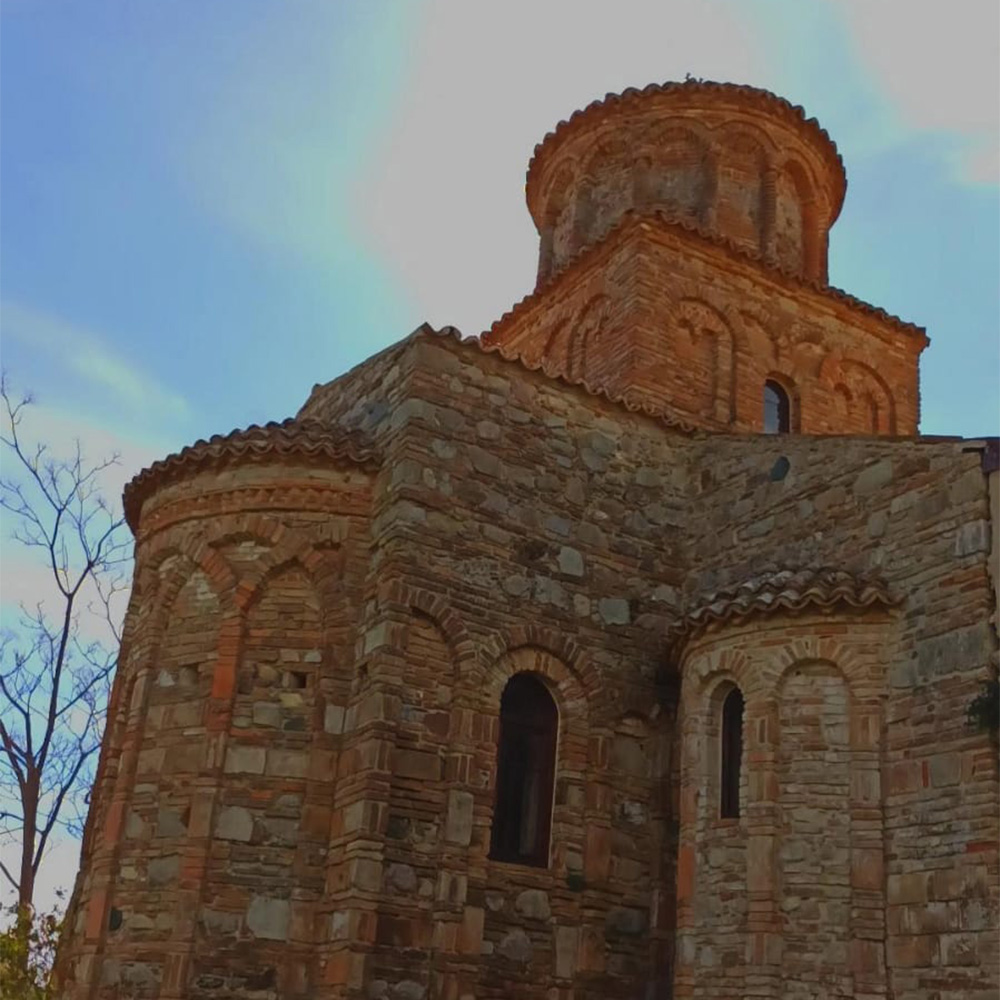

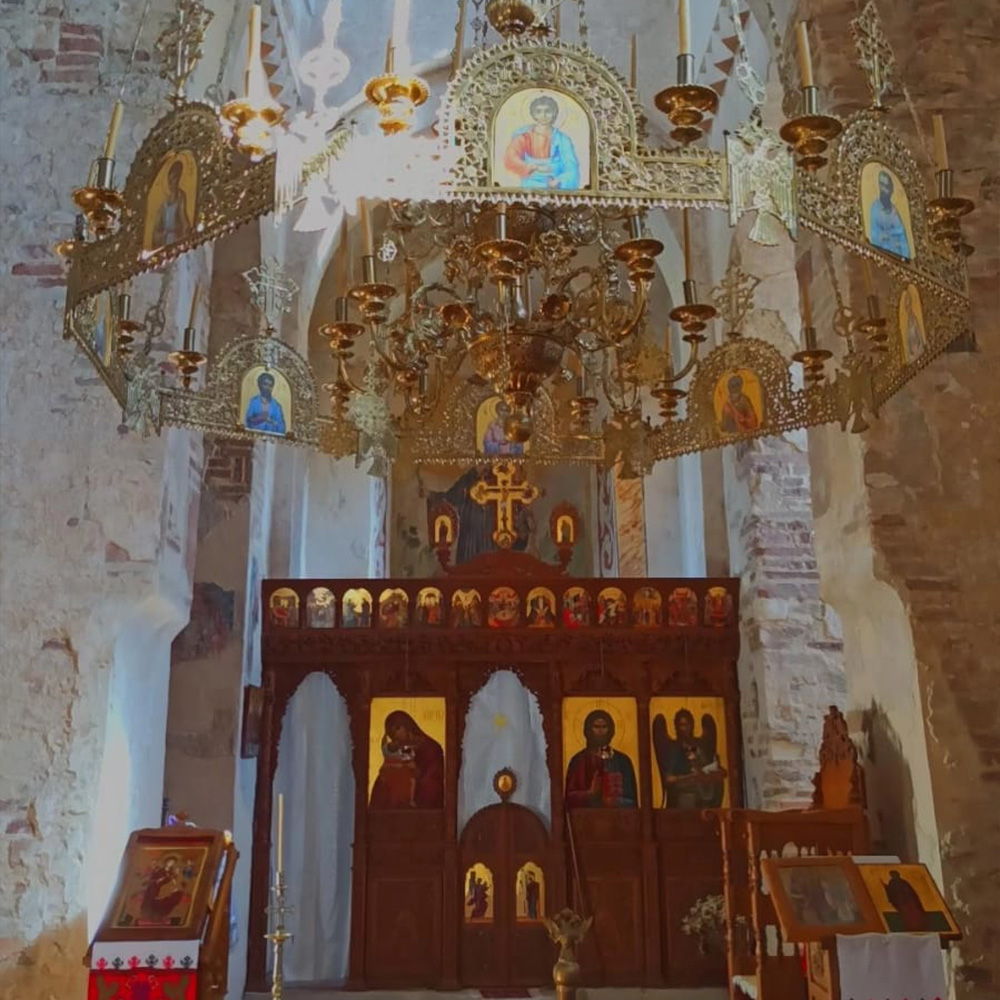
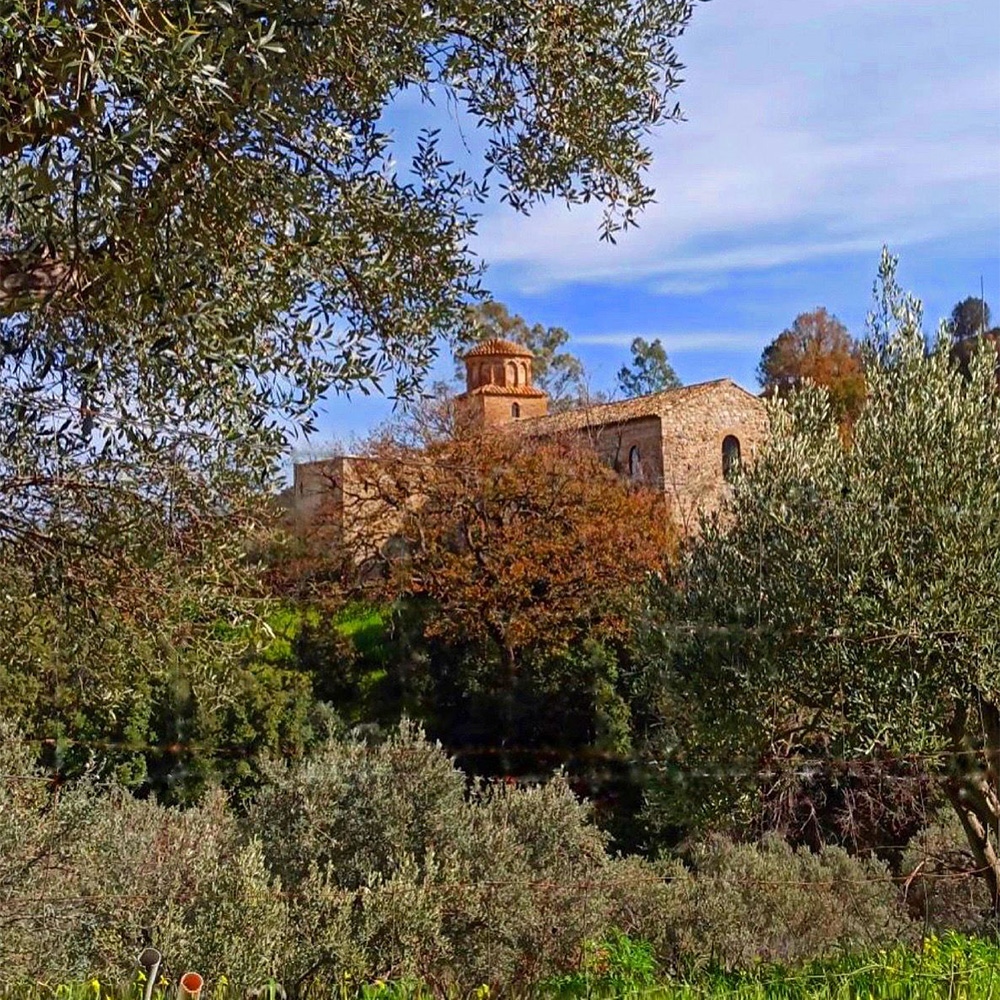
Arena (VV)
Norman-Swabian Castle of Arena
The Castle of Arena, built in the 11th century by the Normans, occupies a strategic position. Halfway between the Ionian Sea and the Tyrrhenian Sea, it represents one of the most original architectural finds in central-southern Calabria. It was built by Roger to defend Mileto, in a strategic and impregnable location, and is set on a mighty spur of rock. Roger’s thought was to defend the capital from a sudden attack from behind coming from the east coast. To accomplish this important task, Roger Conclubet was installed as the first Count of Arena, whose descendants continued to rule in the Arena for a good 600 years. It is thanks to this castle that the so-called ‘Castellana di Arena’ is held every year. A historical re-enactment of the splendours of the Arena in the year 1000, which is a great success and attracts a large number of spectators. A veritable leap into the past where medieval culture is projected amidst dancing, music, flag-wavers, soldiers and displays of weaponry of the time.
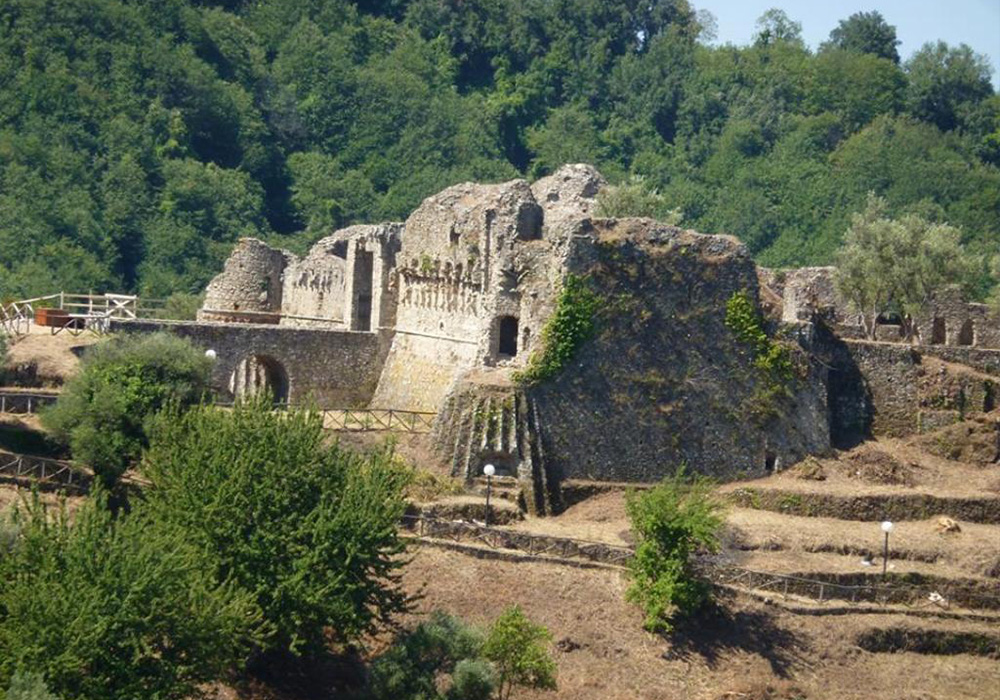
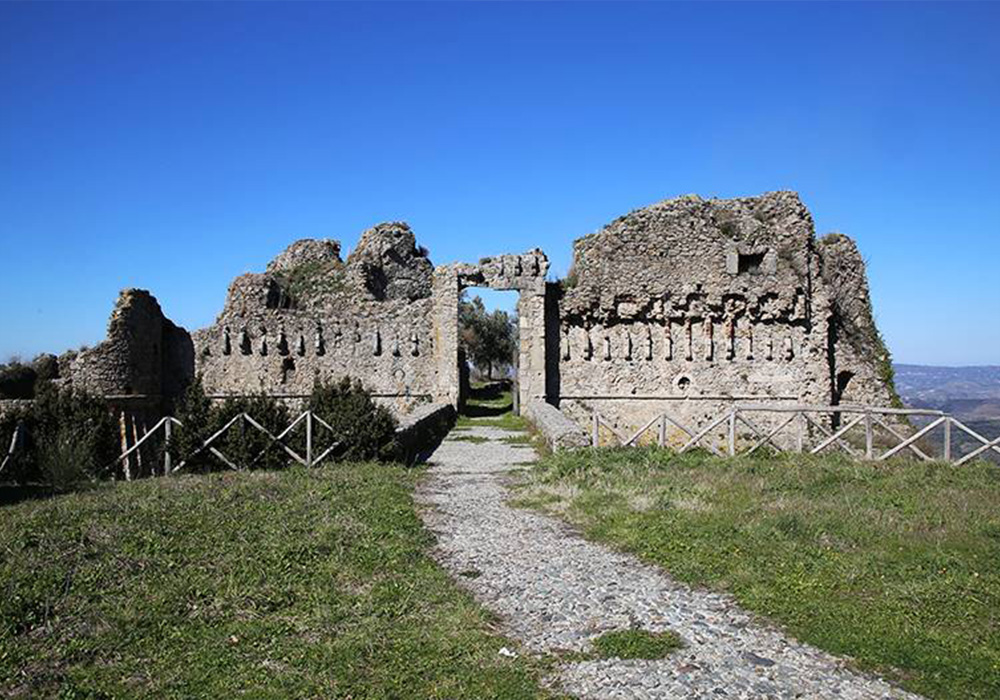

Stilo (RC)
Norman Castle of Stilo
The first record of the Norman Castle dates back to 7 May 1093. Its birth follows the advent of the Normans in 1072 A.D., conquerors of the village of Stilo. They in fact chose the village, due to its strategic position dominating the entire Stilaro Valley, as a royal demanio, i.e. a city under the direct control of the king, a role maintained also during the Swabian, Angevin and Aragonese dominations.
Erected by Roger the Norman in the second half of the 11th century to better dominate his restless city, the fascinating medieval castle dominates the surrounding area.
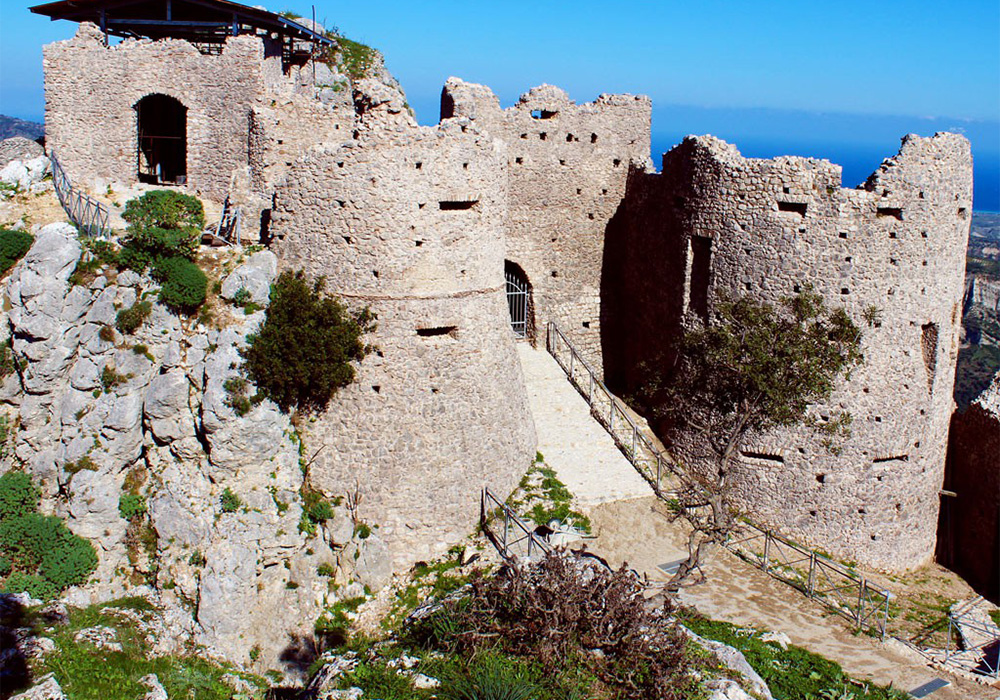
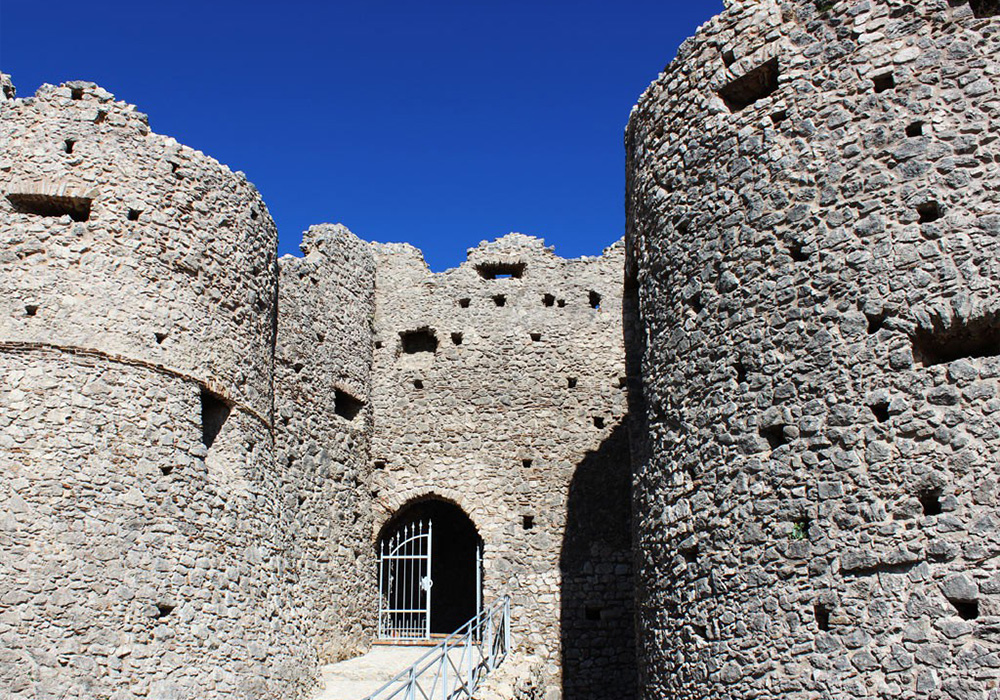
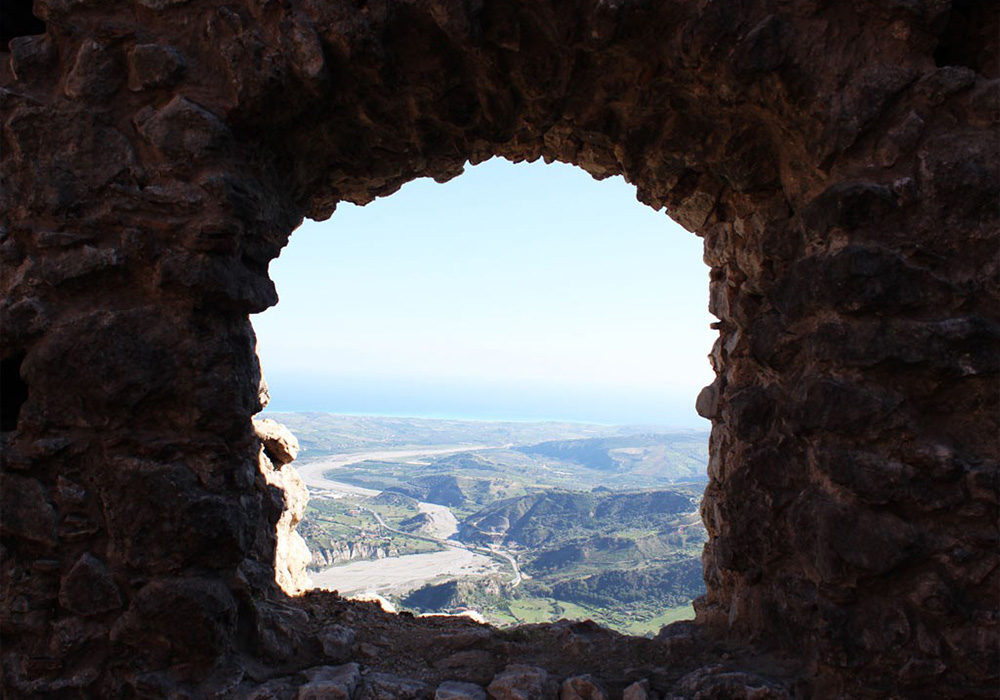
Serra San Bruno (VV)
Sanctuary of Santa Maria del Bosco
Santa Maria – a natural cathedral bathed in green and light on fine summer days and a soft melancholy in the autumn and winter mists – is the place where St Bruno built his first monastic settlement, the hermitage of the Tower, in 1091. Visitors will be captivated by the saint’s penitence pond, the so-called ‘dormitory’ (in reality, the cemetery of the first Carthusian hermits) consisting of a grotto containing a marble statue of St Bruno by Stefano Pisani (late 18th century), the church of Santa Maria del Bosco consecrated in 1094 by the Archbishop of Palermo Alcherio and today elevated to a sanctuary. On Whit Monday and Tuesday, in memory of the discovery of St Bruno’s relics at the beginning of the 16th century to coincide with this feast day, the road connecting Santa Maria to the Charterhouse is transformed into a processional space. On Monday, the silver bust of the saint is taken from the monastery to the church of Santa Maria, where it remains until the following day when it makes the reverse journey. On the feast of Pentecost, the Serrese tradition of the Carthusian monks also comes to life. These are boys and girls who wear the monastic habit of the Carthusian monks and, as a sign of devotion or for ‘grace received’, walk the procession route together with their parents. The Monday and Tuesday of Pentecost processions are also the time for another very special local custom, the throwing of confetti with which the faithful strike the reliquary bust of St Bruno, which is therefore protected by an unbreakable dome after no small amount of damage had been done to the precious simulacrum in past centuries as a result of this rite. The fascination that emanates from these places is difficult to describe, and perhaps no one has managed to render it better than the words of the famous English writer Norman Douglas in Old Calabria in the early 20th century: ‘I was there in the golden hour that follows sunset, and again in the dim light of the dewy morning; and it seemed to me that in this temple not erected by human hands there resided a magic more natural and more sacred, than in the cloisters [of the Certosa di S. Stefano del Bosco] not far off’.
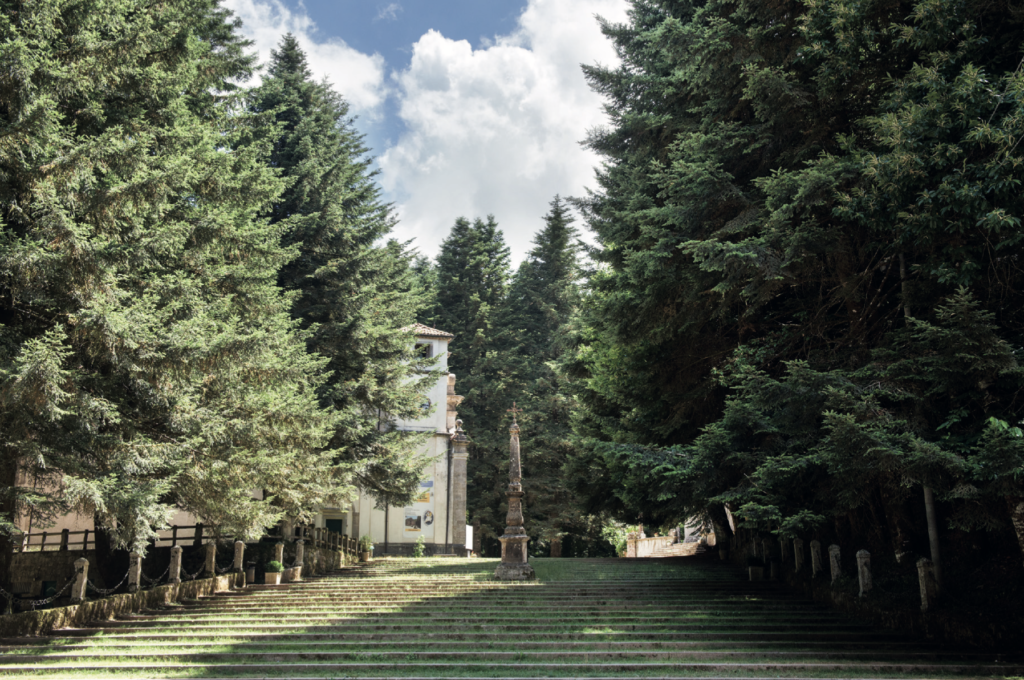
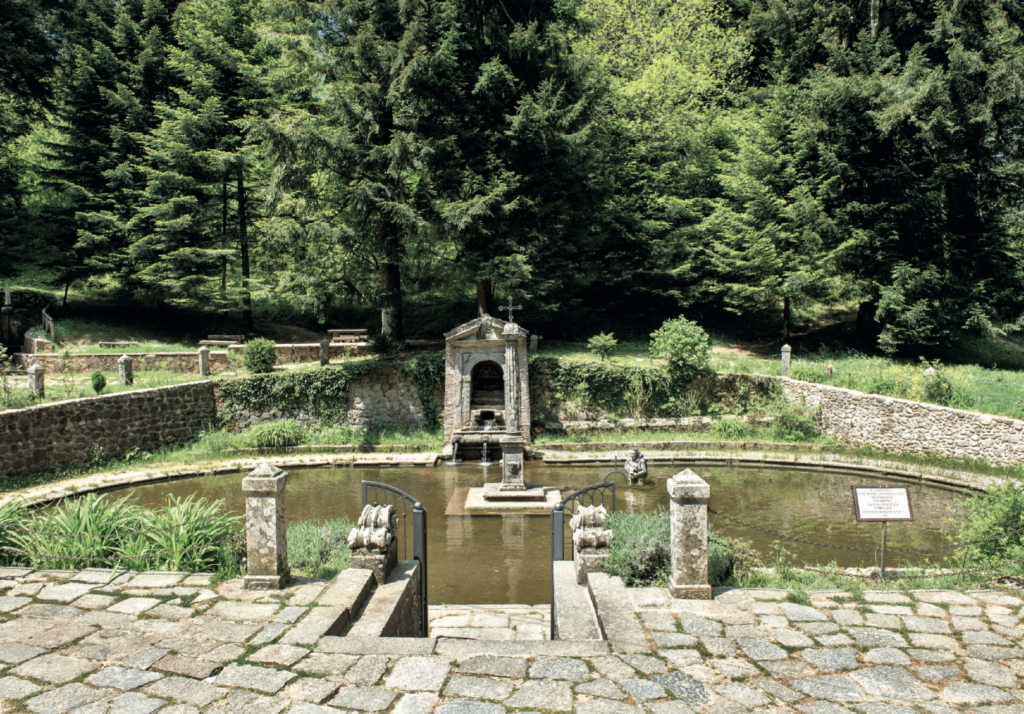
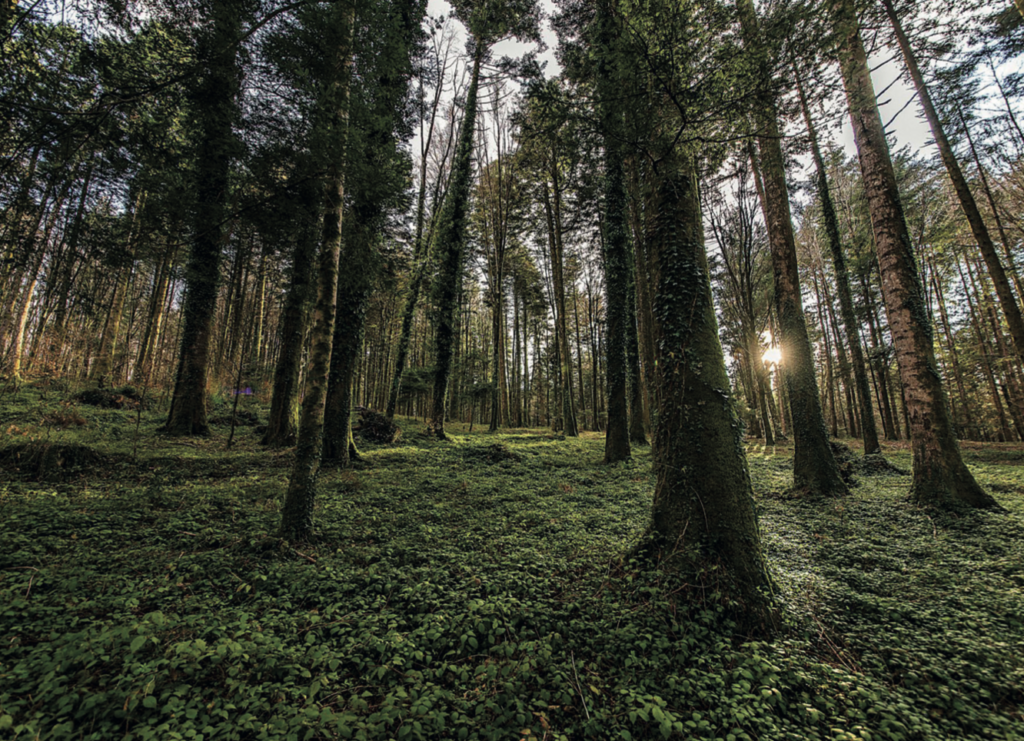
Serra San Bruno (VV)
Bernardino Poccetti - The Annunciation
Inside the Church of Maria SS. Assunta in Cielo is an important painting by Bernardino Poccetti – The Annunciation – inspired by a canvas of identical subject in the Church of SS. Annunziata in Florence.
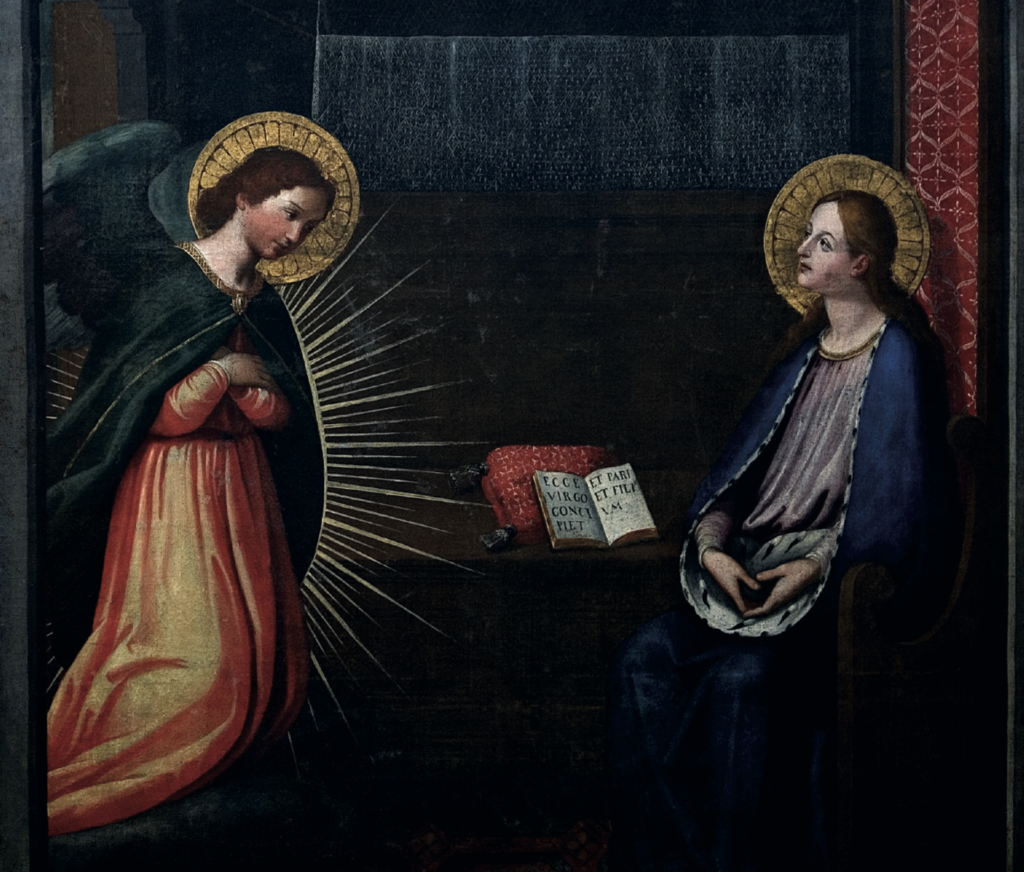
Stilo (RC)
Ferdinandea
The Ferdinandea is an imposing building complex surrounded by the woods of the Serre Calabre and located in the centre of the Bosco di Stilo. Ferdinandea was not the royal palace and/or hunting lodge of Ferdinand II of Bourbon, but over the centuries that saw it in operation, it was a state-owned iron and steel-weapons factory, with a ‘workers’ citadel’ and administrative offices attached. This does not diminish its charm and importance. Between the end of the 18th century and 1865, the factory represented, alongside Mongiana, the most important and innovative industrial intervention in the Calabrian iron and steel industry. Both were workers’ citadels, military colonies and industrial apparatuses that operated and activated a considerable induced activity in civil society as well.
Work on the Ferdinandea was started by the Bourbons in the late 1700s. The aim was to build a large foundry for large-calibre cannons in the mountains of Stilo to support the Mongiana foundry in war production. The work, which had been suspended several times, was completed in 1841, during the reign of Ferdinand II, to whom the foundry was dedicated. The large factory occupied an area of about 15,000 square metres, and was divided into two separate buildings. The first, set in a horseshoe shape, with an internal courtyard, housed the administrative residence, with offices, troop quarters, prisons, church, etc. The second, of which only two buildings remain, of the four that originally existed, was the central body of the steelworks. After the unification of Italy, the Mongiana-Ferdinandea-Pazzano steelworks passed into private hands. It was bought by Achille Fazzari, a controversial character of the Italian Risorgimento, who immediately began to resume the smelting campaigns convinced that he could ‘lift the fortunes of the population of the Convicini villages’. Unfortunately, his expectations were not long in coming up against bitter reality. The government, which had already decreed the death of the Calabrian iron and steel industry by selling him the plants, made him miss public orders and Fazzari, in order not to risk bankruptcy, was soon forced to close down, and this time for good. He reconverted production at the Ferdinandea and elected it as his mountain residence, where he hosted numerous personalities of the time, including the writer Matilde Serao.
The only ‘industrial’ vocations implemented at Ferdinandea and in the Bosco di Stilo were, and still are, those linked to the exploitation of wood from the forests and the bottling of water from the Mangiatorella spring, started by Fazzari himself. The monumental ‘provincie’ staircase is interesting, providing access to the upper floors of the palace, on the sides of which are drawn the coats of arms of all the Italian provinces of the time. From the Ferdinandea, a walk through the forest leads, after about one kilometre, to the large artificial reservoir Lago Giulia, built for the Marmarico power station. In the inner courtyard of the palace, there are relics from the Bourbon period: a cast-iron aedicule surmounted by a cannon ball engraved with a dedication to King Ferdinand and a granite bust of the King. Both come from Mongiana and were brought to Ferdinandea by Fazzari. In the courtyard, softened by a small pond surrounded by a cast-iron balustrade, there is no longer the artistic granite fountain, dismantled and taken who knows where by the owners of the time. Also gone from the Ferdinandea are the artefacts kept in a small museum. The small church, now bare, retains something of its ancient furnishings. The Ferdinandea’s vast building heritage still resists neglect and the ravages of time.
